 Abraham Lincoln
If given the truth, the people can be depended upon to meet any national crisis...
Abraham Lincoln
If given the truth, the people can be depended upon to meet any national crisis...
 Guildford news...
for Guildford people, brought to you by Guildford reporters - Guildford's own news service
Guildford news...
for Guildford people, brought to you by Guildford reporters - Guildford's own news service
Birdwatcher’s Diary No.180
Published on: 29 Jan, 2019
Updated on: 31 Jan, 2019
By Malcolm Fincham
As we entered the second half of January the skies attempted to brighten and, at long last, some pleasant colour began to return to some of my photos.
Another visit to Sheepleas on a bright sunny, although chilly afternoon, on January 17, rewarded me with some more sightings and photos of wintering bramblings.
Adding to these, a common buzzard flew up nearby as it made an abrupt change of direction.
The following day, with Bob and Dougal, our interests headed us in the direction of Molesey Heath, Surrey. in the hope to see a yellow-browed warbler, that had been reported by Surrey Bird Club. It had been seen “hanging-out” by the River Mole.
Yellow-browed warblers breed in Siberia. They occur in the UK most years during autumn and winter as they migrate south-westwards. Only on rare occasions do they visit Surrey. This was a good opportunity to see one so close to home.
They’re not shy, but their arboreal lifestyle can make them difficult to observe. They are almost constantly in motion. Too mobile among the branches on this occasion for me to get a decent shot of it. Fortunately, Bob saved the day with a picture he achieved.
Even closer to home, on my local patch at the Riverside Nature Reserve, near Burpham, another Siberian visitor had been reported there in the last weeks of the month.
A Siberian chiffchaff, a subspecies of our own common chiffchaff, though they have long been problematic to truly identify.
The difficulties of separating true Siberian tristis abietinus from Scandinavia and western Russia west of the Urals continue to plague both observers and records committees.
After much time searching for it on January 22 where it had last been reported along the blackthorn hedgerow, it eventually it showed.
To my mind, this “critter” had all the criteria to be one: Namely: absence of olive in the crown and mantle, absence of yellow away from the underwing, the presence of a grey-brown or pale brown hue in the upper parts, the presence of warm buff in the supercilium and ear-coverts, the presence of buff at the breast-sides/flanks and very black-looking bill and legs.
However, this one’s exact origin could be in question. It was certainly different in its appearance than “our” common chiffchaff. I will concede, this one was more for the connoisseurs!
Elsewhere around the reserve in the bright sunshine a mistle thrush perched up, high in a tree by the river.
Across the river, two stonechats could now be seen, a male as well as a female.
A male and female blackbird could be seen together.
Blue tits were actively chasing each other around.
Several bullfinches could be viewed, feeding on sycamore seeds.
A meadow pipit perched in a lone hawthorn bush in the field to the south of Stoke Lake.
In the flooded areas by the boardwalk, teal could be seen dabbling while sheltered under the branches of surrounding trees.
Always present and never too far from the lakeside, a grey heron patrolled the water’s edge.
And one of the resident kestrels continued to hunt the grassland.
On January 25 I visited Unstead Sewage Farm, near Godalming. It was once a well known birdwatching area, complete with a hide, a bird feeding station, tern rafts and shallow scrapes.
It attracted a wide variety of bird species, including a few rarities. Some of which I had the pleasure of seeing when I was a regular visitor there.
Having not been there in a good while, I was shocked and saddened to realise how it has deteriorated.
The only viewing point I could now find was at the far end of the track that runs beside the sewage farm.
From there I was able to view and photograph a green sandpiper, in what was now an almost completely dried-up lagoon, that had once filled with water.
A water rail then appeared, totally unaware of my presence it ambled around on the mud, before me.
Water rails and green sandpipers were a regular sighting at Unstead in the old days there. At least they seem to have adapted to the changes.
Afterwards, a walk along the Wey & Arun Canal path towards Bramley I saw a flock of more than 60 siskins in flight, perching high in the alders that lined the water’s edge, to feed on seed cones.
Fieldfares and redwings were abundant, getting mostly glimpses as I inadvertently disturbed their feeding, though managing to photo a few in flight as they passed overhead.
A little way off in an adjacent field, I picked out a common buzzard. Perched up, I noted it had been officially “ring-tagged”. Though as much a I tried, at such distance, I was unable to read its code.
While just the other side of the canal, hidden among the undergrowth, a stag roe deer, with its velvet antlers forming, stood watching, hoping to avoid being seen.
The most productive venture of the month by far was on Sunday, January 20, on a day trip to Farlington Marshes, near Portsmouth, with some friends.
We first stopped at the small village of Warblington, just along the coast. Regular winter visitors feeding among the cows in the field near the cemetery there over the past few years have been cattle egrets.
Little egrets can also be seen there, feeding alongside them. By chance on this occasion, although there was only one cattle egret present at the time of our arrival there, it was probing the muddy soil, alongside a little egret, giving the opportunity to take a few photos to show a comparison.
At Farlington, although the breeze was an icy one, the sun was breaking though, allowing me no excuses for poor quality photos.
A colony of 40 avocets could be viewed at high tide, resting on the main lake.
Surveying the lake we soon added various groups of wintering ducks and waders.
A pantheon of black-tailed godwits huddled together in one section of the lake.
Wading between the godwits and the teals, were three greenshanks.
Another group consisted of a “deceit” of well over 50 lapwings.
Along the edge of the water among various ducks and waders were a group of handsome pintails.
Although too distant to photograph, it took Dougal’s keen eye to pick out a jack snipe through his telescope, just in front of the reeds, along with several common snipe on the far edge of the lake.
There were no shortage of brent geese either, arriving to have a wash and “brush-up” in the fresh water.
With so many waterfowl and waders present, it wasn’t short of predators around the reserve, either. At the back of the lake a fox could be observed, taking a drink from the water’s edge. Occasionally looking out for a possible meal out on the water.
As we walked along the seawall, a peregrine, one we had previously spotted perched on a hillock, now in the field, rose skyward.
It had spotted a marsh harrier passing through on a mission of its own, checking out the reedbeds for a possible meal.
The peregrine, although shorter in wingspan, had taken objection and took little time escorting it off the premises.
I also managed to “snatch” a few pictures of a weasel as it briefly broke out of its cover from the surrounding brambles, causing alarm to several moorhens. Standing their ground, they chased it back undercover.
Further around the seawall at the “deeps” more wigeon could be seen, closer to view.
A smart looking drake pintail sat on a grassy knoll, next to one of the pools.
Out on the sea the tide was retreating. Dunlins and grey plovers were actively flying in.
Having exceeded in the sightings we had expected to see at Farlington, and with enough daylight remaining, we headed by car through the heart of Portsmouth to Southsea Castle. The landmark Spinnaker Tower was close to view.
Separating from my friends, in desperation of sighting our “target species” there, I walked gingerly down some sloping concrete covered by slime from the now lowering tide.
In the following moments, all I could hear was the laughter of my so-called pals as they watched as I contorted, arm over elbow, ending backside to the ground and fortunate to protect my camera gear.
“Not laughing now!” I exclaimed in a rather “chuffed” call, recovering myself to an upright posture, having spotted a purple sandpiper perched on a nearby rock.
As many as eight or more can be seen most days during winter months there. It was a good chance to get some photos to add to my library. And another “year tick” of course!.
Although the afternoon light was beginning to dwindle, we felt we had just enough time to visit Broadmarsh, just a “stones-throw” to the east of Farlington Marshes.
Despite not able to add any more sightings to our lists, it was a perfect end to a day’s adventure.
As we watched the sun sinking low on the horizon beyond Portsmouth Harbour, I ended the day with a few scenic shots.
While behind us, to the east and over the trees, a full moon rose. In days gone by in Native America it was refereed to as the Wolf Moon. When during the deep snows of midwinter, the wolf packs howled hungrily outside Red Indian villages.
Responses to Birdwatcher’s Diary No.180
Leave a Comment Cancel replyPlease see our comments policy. All comments are moderated and may take time to appear.
Recent Articles
- Guildford Institute’s Crowdfunding Project for Accessible Toilet in its New Community and Wellbeing Centre
- Letter: Guildford – Another Opportunity Missed?
- Letter: GBC’s Corporate Strategy – Where Is the Ambition?
- My Memories of John Mayall at a Ground-breaking Gig in Guildford Nearly Six Decades Ago
- Westborough HMO Plans ‘Losing the Heart of the Street’ Says Resident
- College Invests to Boost Surrey’s Economy and Close Digital Skills Gap
- Community Lottery Brings Big Wins for Local Charities
- GBC Housing Plan Promises ‘A Vibrant Urban Neighbourhood’ Near Town Centre
- Hospital Pillows ‘Shortage’ at the Royal Surrey
- Updated: Caravans Set Up Camp at Ash Manor School


Recent Comments
- Ian Macpherson on Updated: Main Guildford to Godalming Road Closed Until August 1
- Sara Tokunaga on GBC Housing Plan Promises ‘A Vibrant Urban Neighbourhood’ Near Town Centre
- Michael Courtnage on Daily Mail Online Reports Guildford Has Highest-paid Council Officer
- Alan Judge on GBC Housing Plan Promises ‘A Vibrant Urban Neighbourhood’ Near Town Centre
- John Perkins on GBC Housing Plan Promises ‘A Vibrant Urban Neighbourhood’ Near Town Centre
- S Collins on GBC Housing Plan Promises ‘A Vibrant Urban Neighbourhood’ Near Town Centre
Search in Site
Media Gallery
Dragon Interview: Local Artist Leaves Her Mark At One of England’s Most Historic Buildings
January 21, 2023 / No Comment / Read MoreDragon Interview: Lib Dem Planning Chair: ‘Current Policy Doesn’t Work for Local People’
January 19, 2023 / No Comment / Read MoreA3 Tunnel in Guildford ‘Necessary’ for New Homes, Says Guildford’s MP
January 10, 2023 / No Comment / Read More‘Madness’ for London Road Scheme to Go Ahead Against ‘Huge Opposition’, Says SCC Leader
January 6, 2023 / No Comment / Read MoreCouncillor’s Son Starts Campaign for More Consultation on North Street Plan
December 30, 2022 / No Comment / Read MoreCounty Council Climbs Down Over London Road Works – Further ‘Engagement’ Period Announced
December 14, 2022 / No Comment / Read MoreDragon Interview: GBC Reaction to the Government’s Expected Decision to Relax Housing Targets
December 7, 2022 / No Comment / Read MoreHow Can Our Town Centre Businesses Recover? Watch the Shop Front Debate
May 18, 2020 / No Comment / Read More



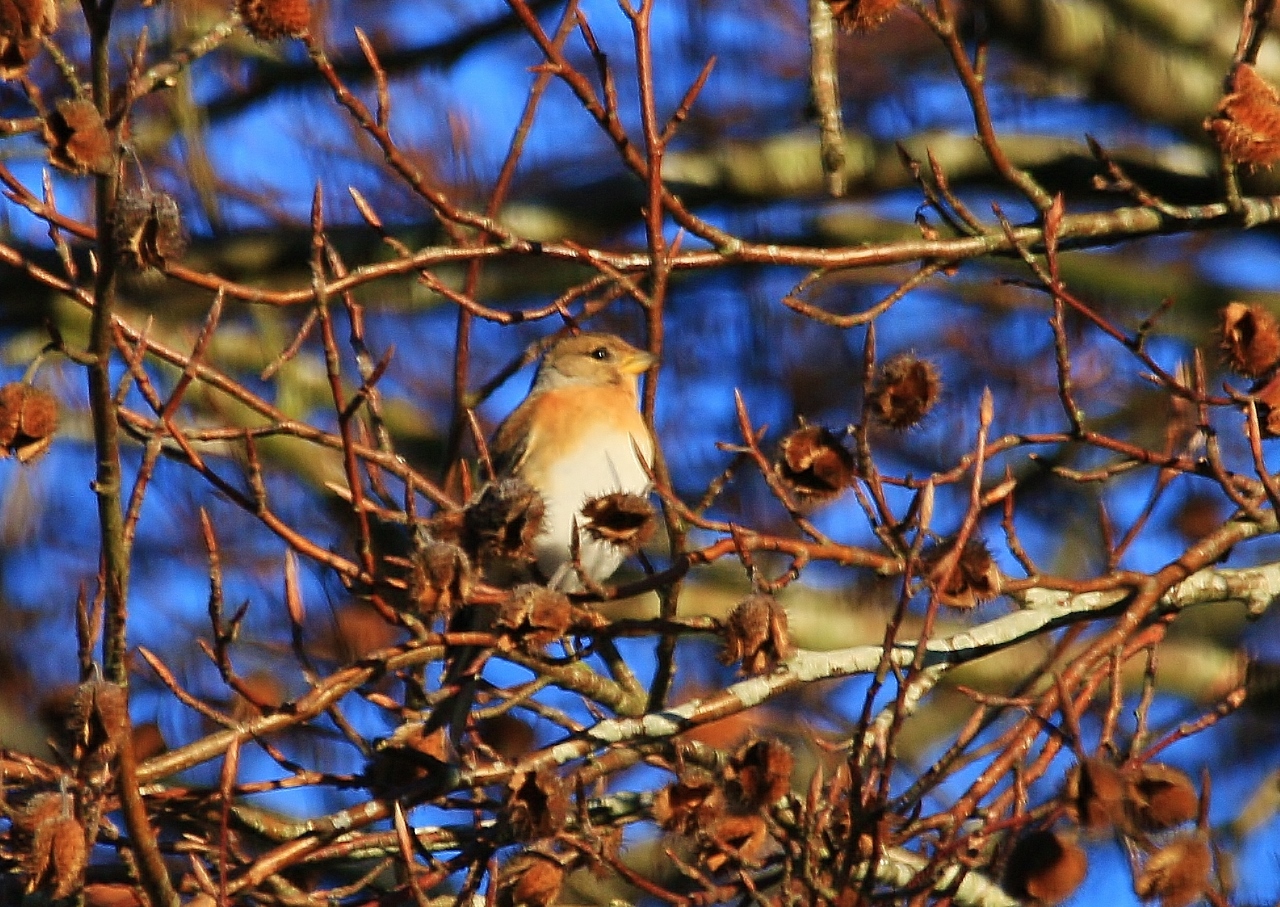
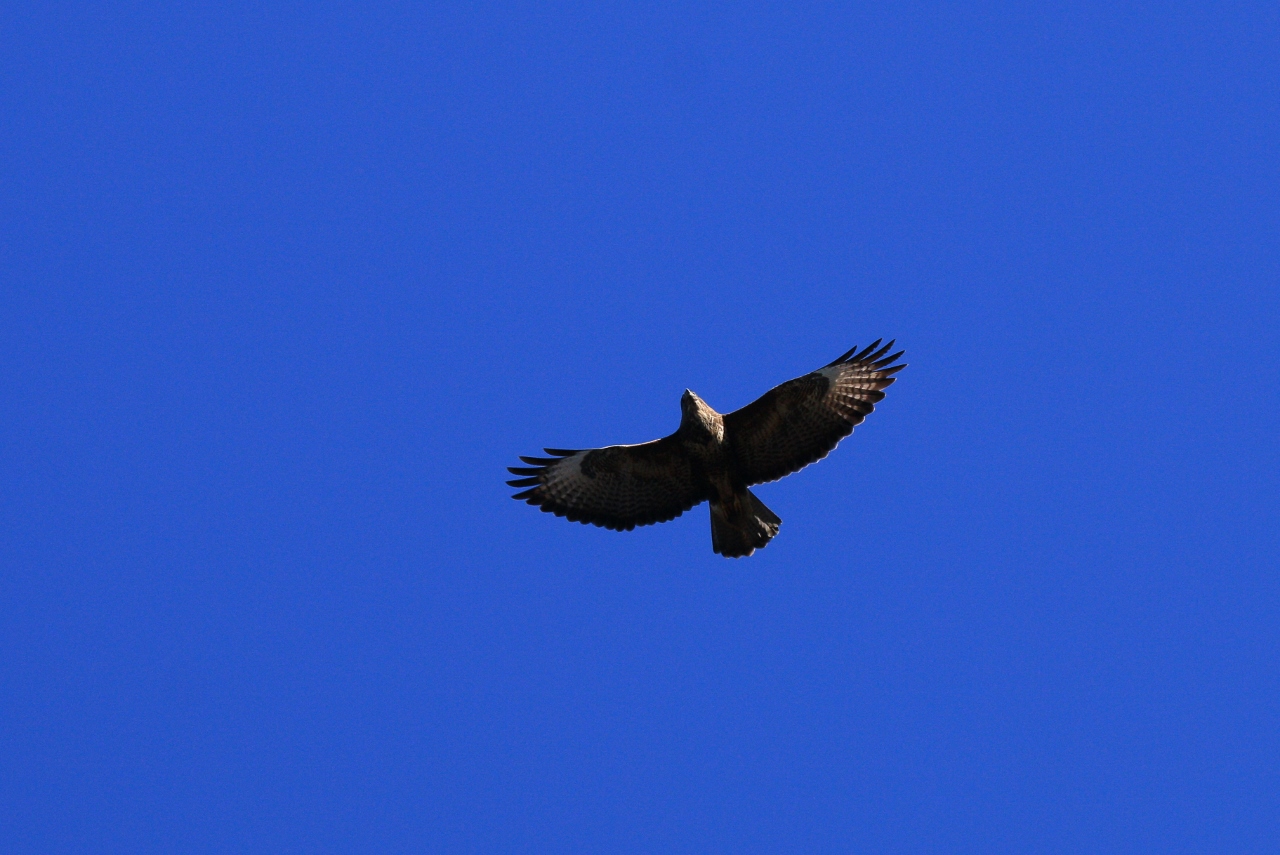
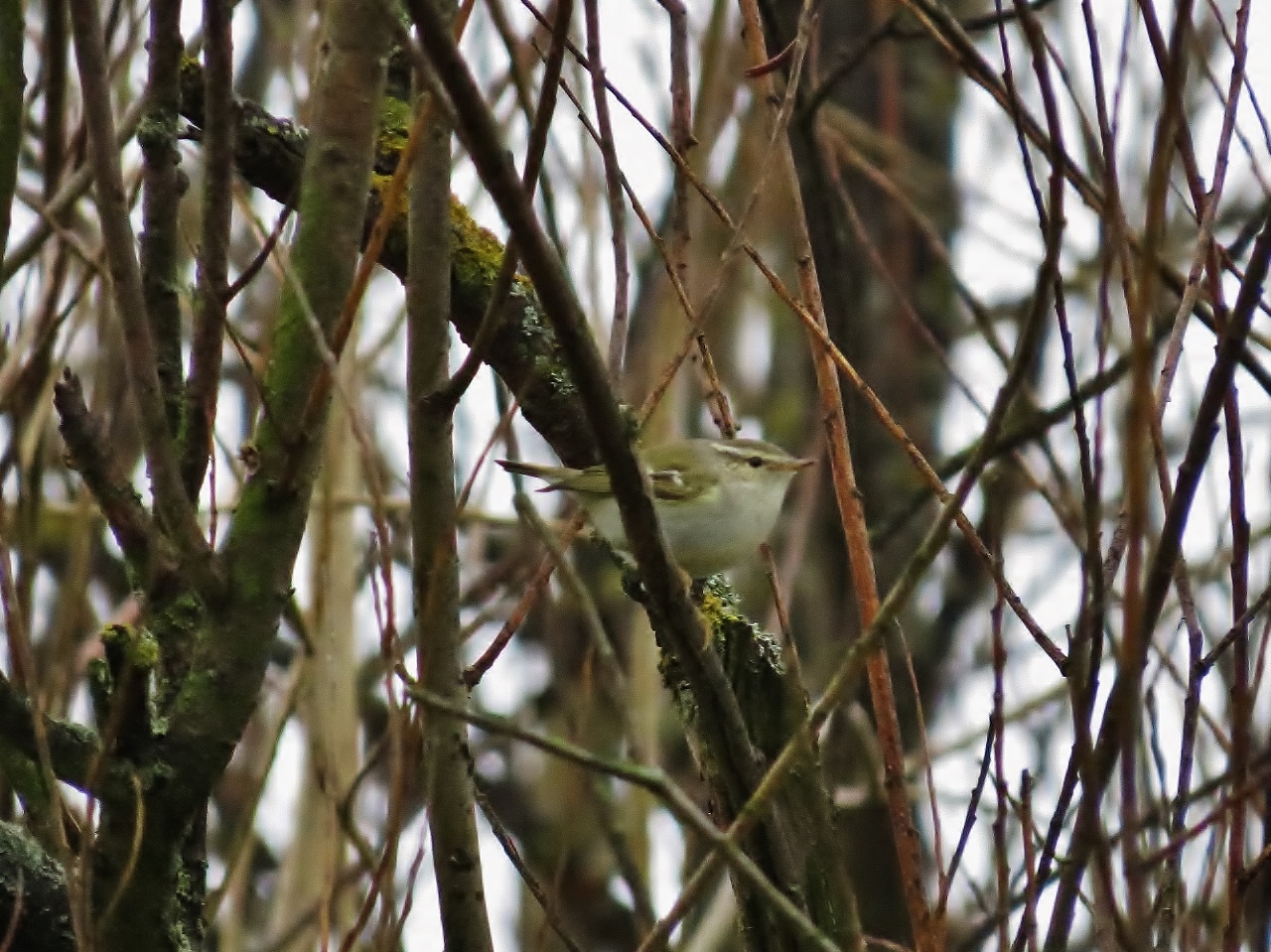
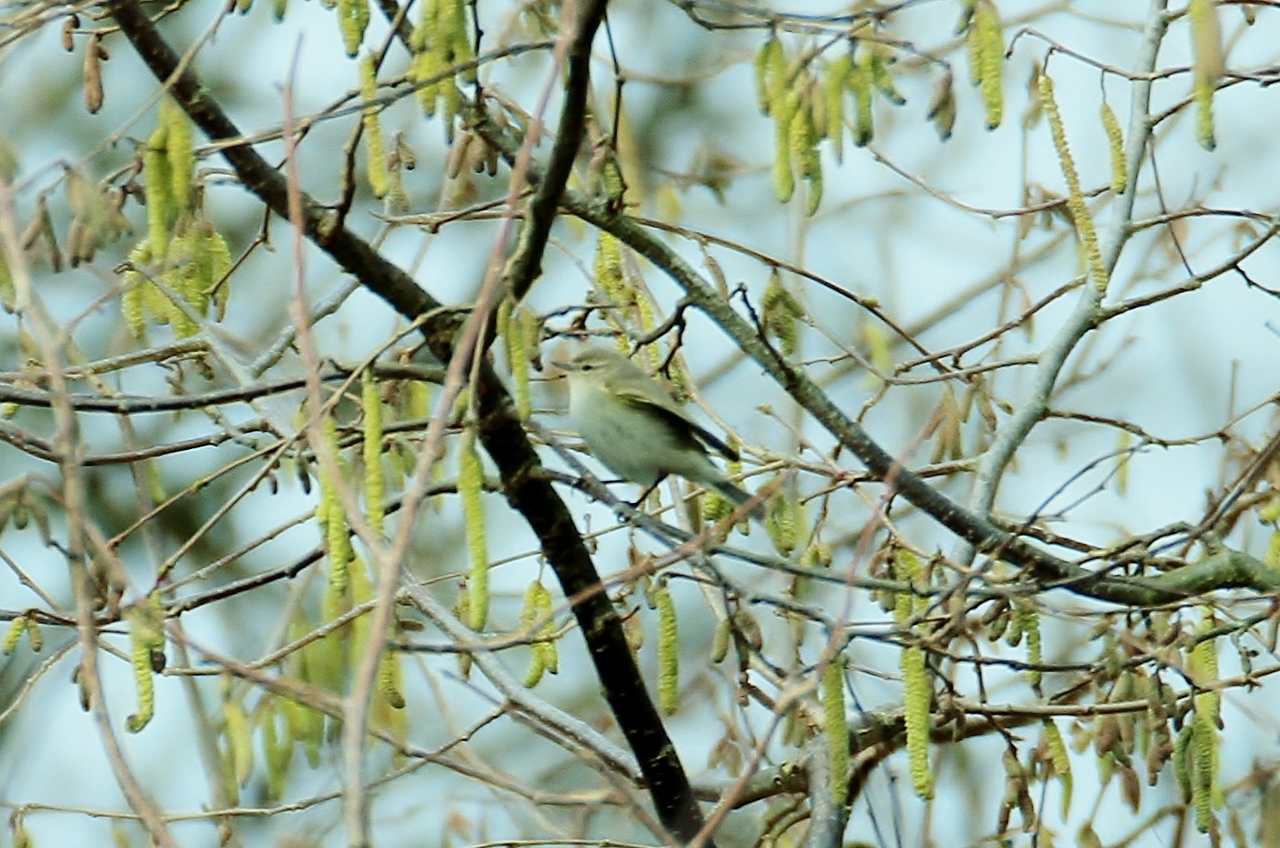
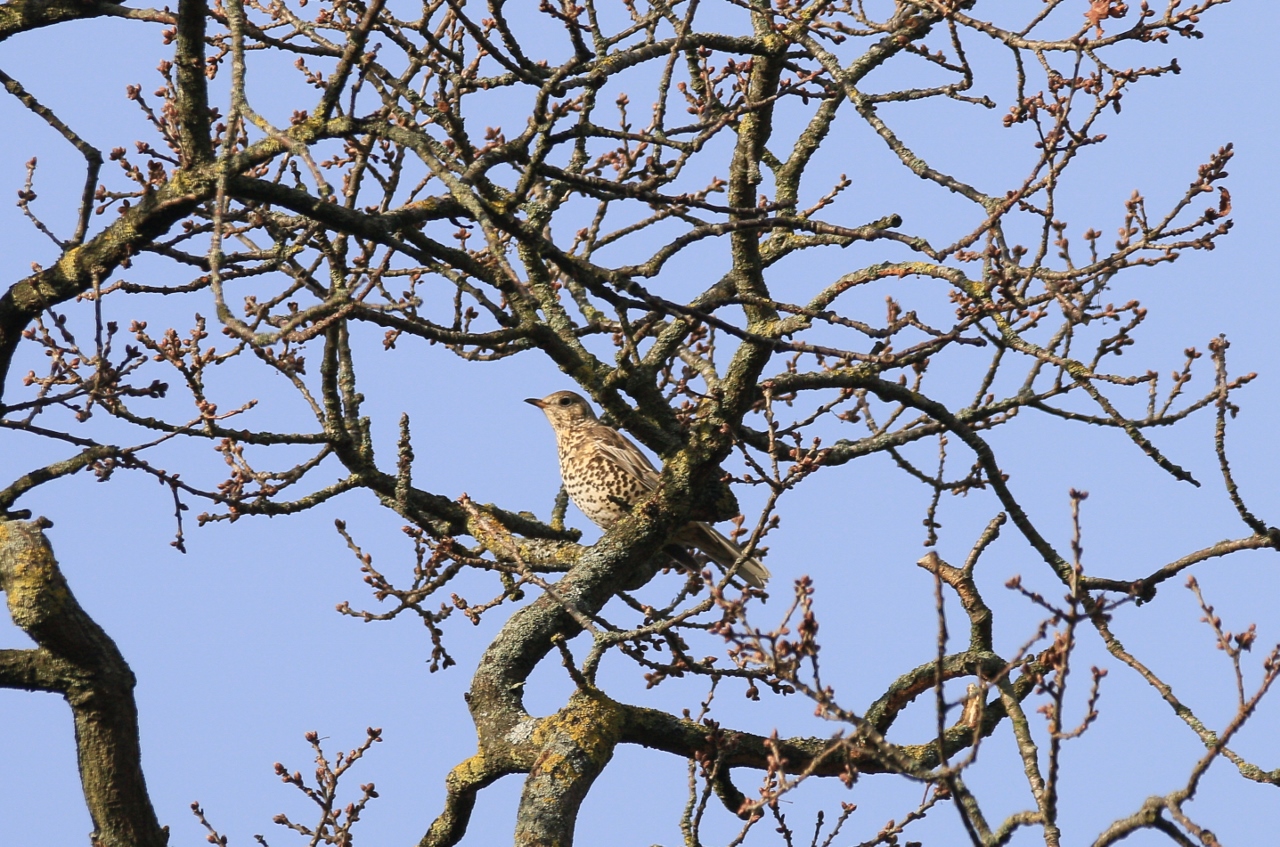
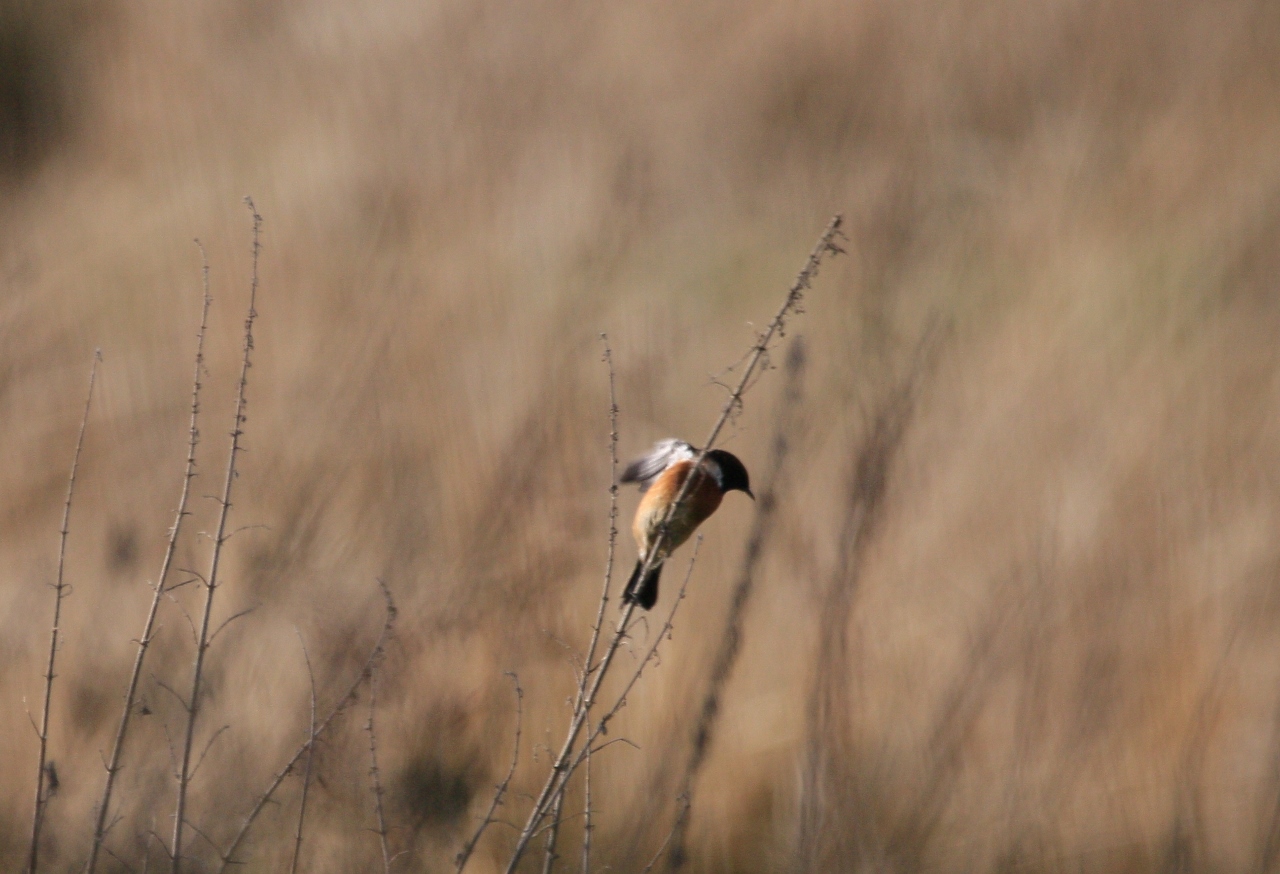
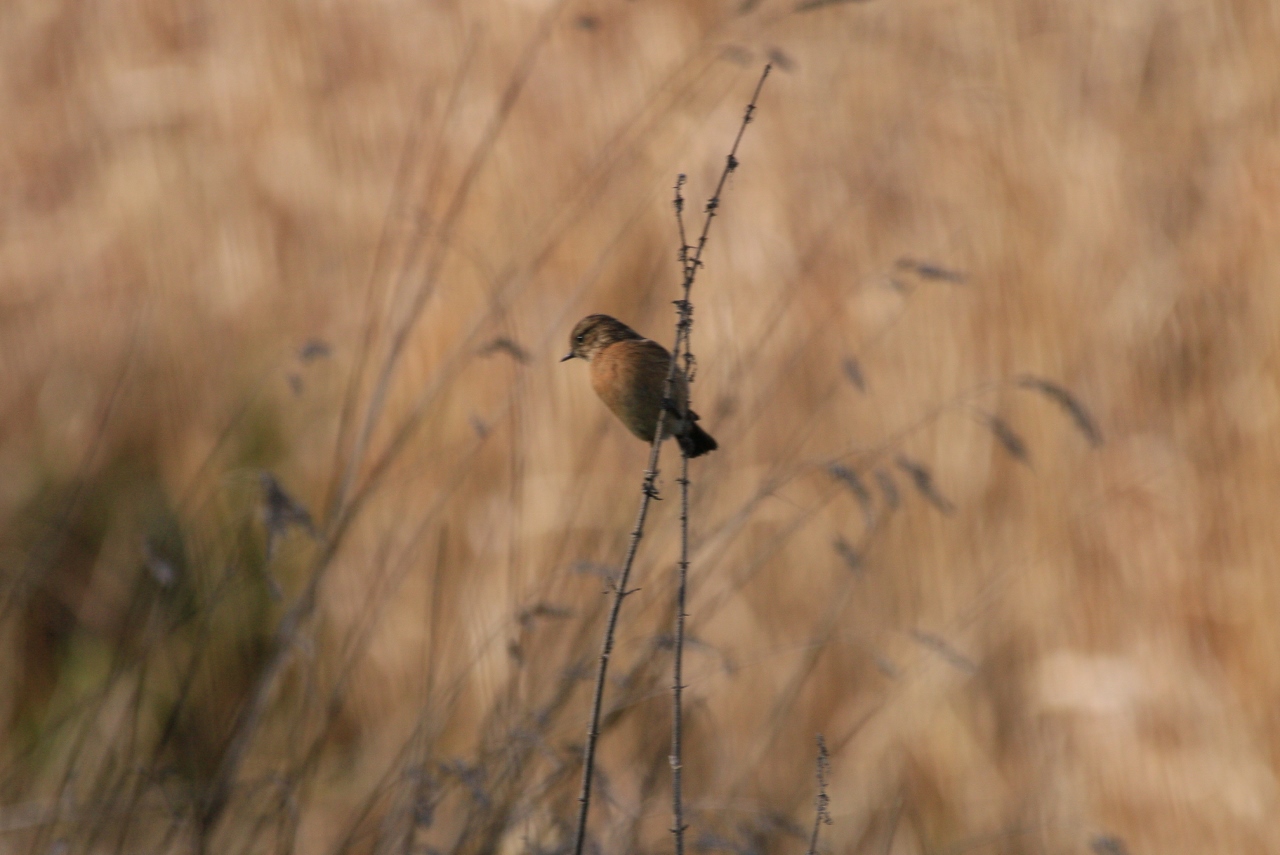
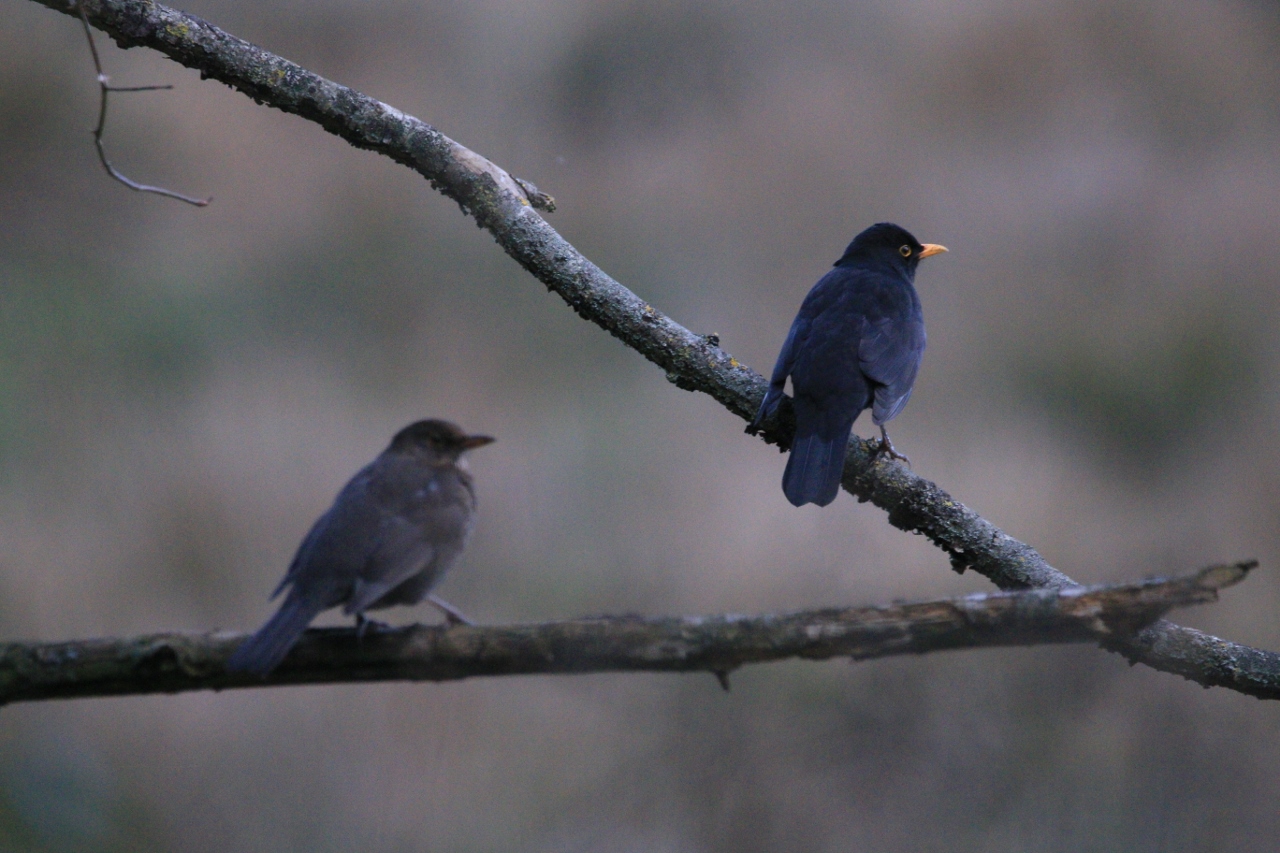
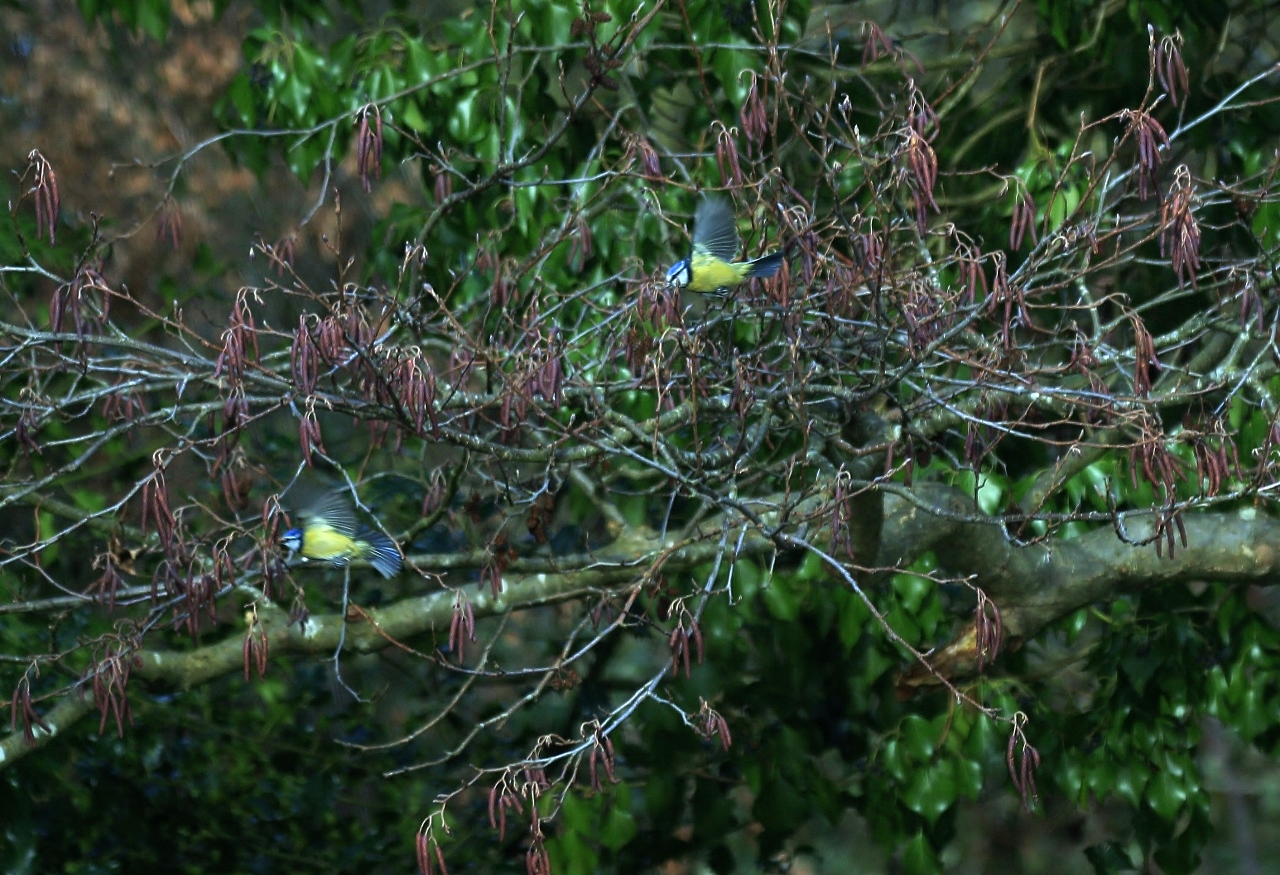
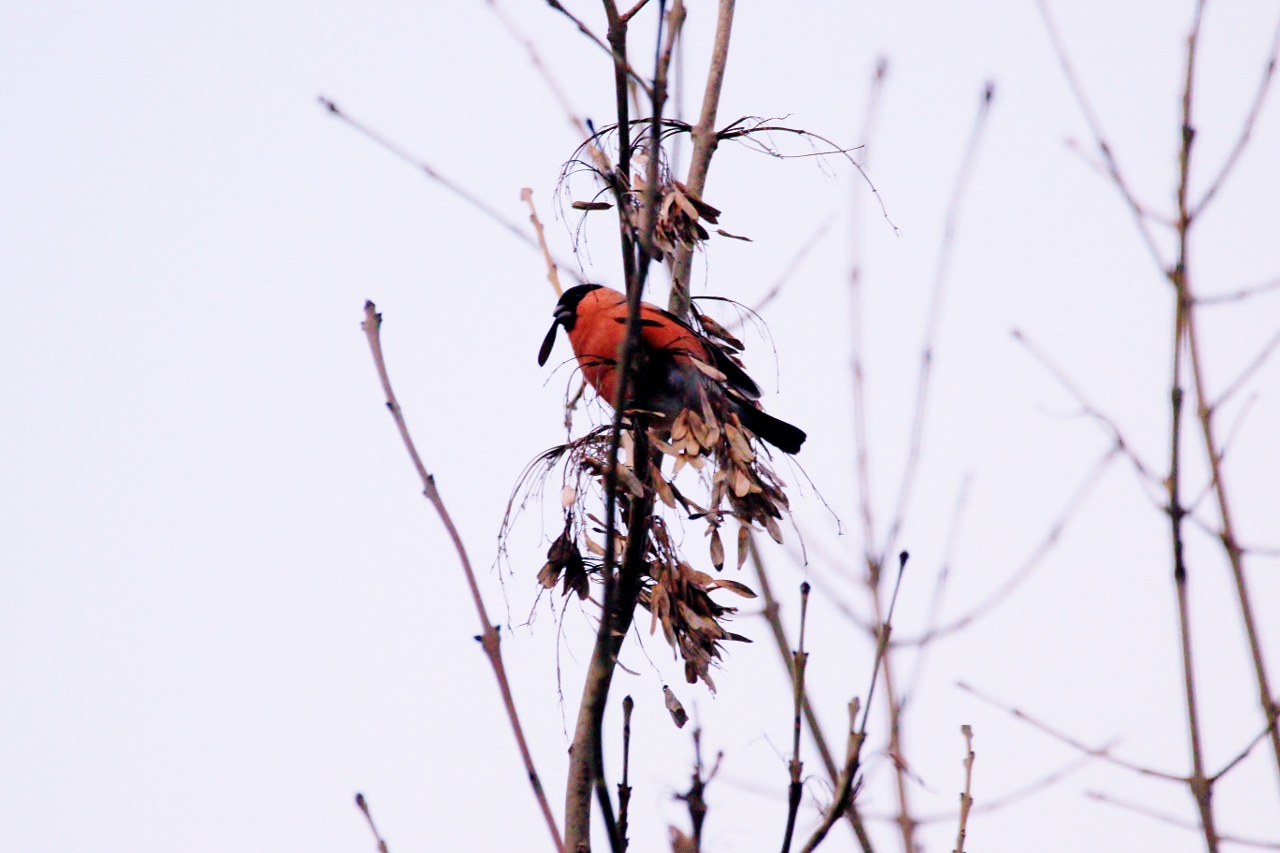
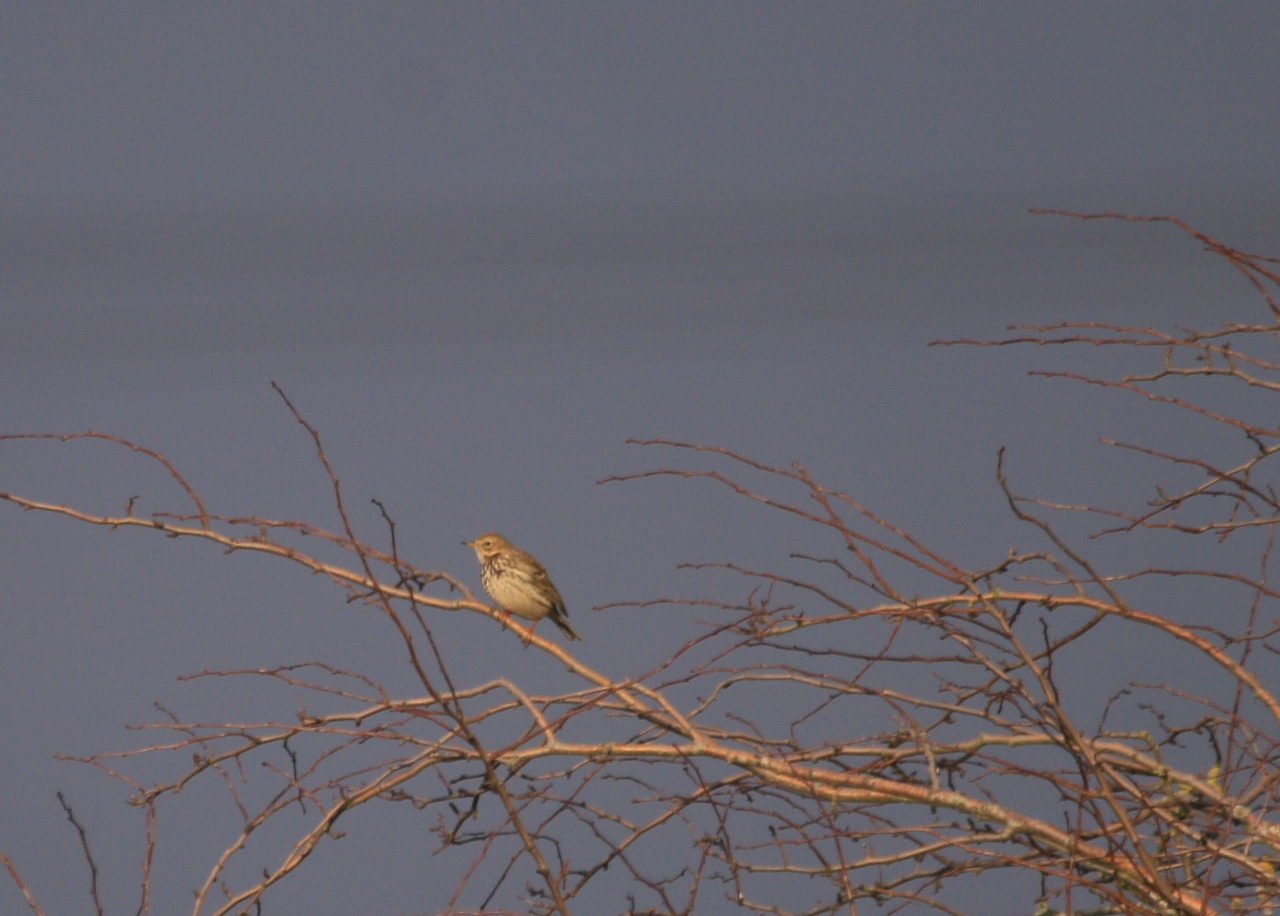
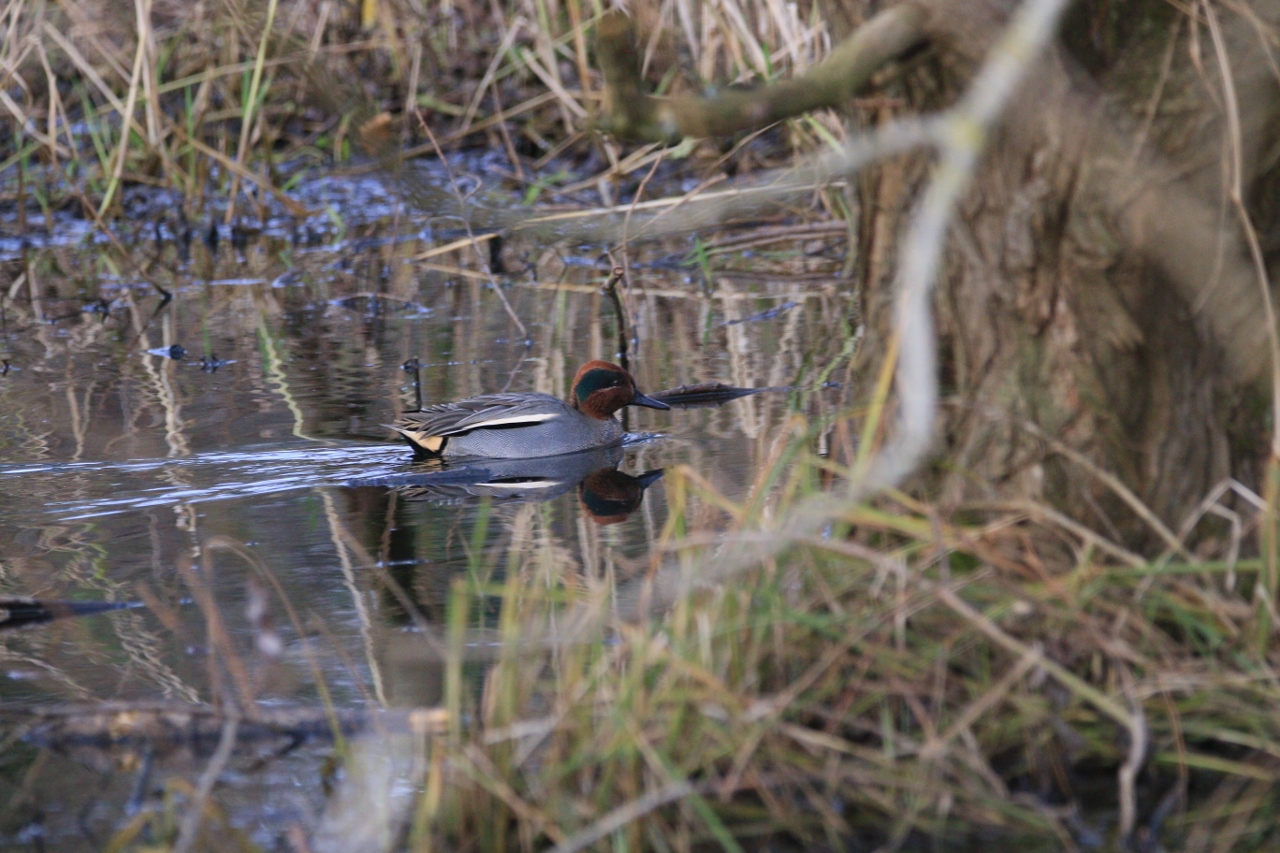

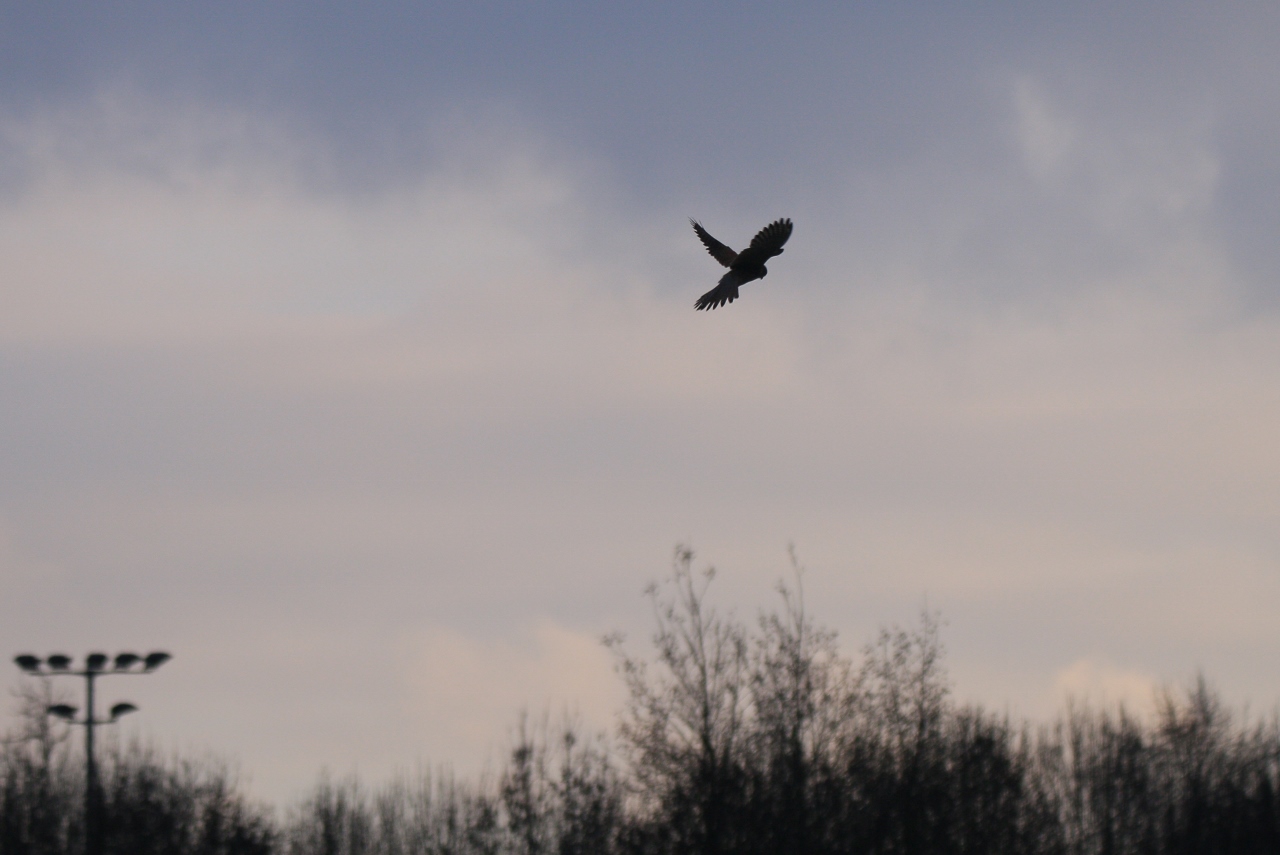

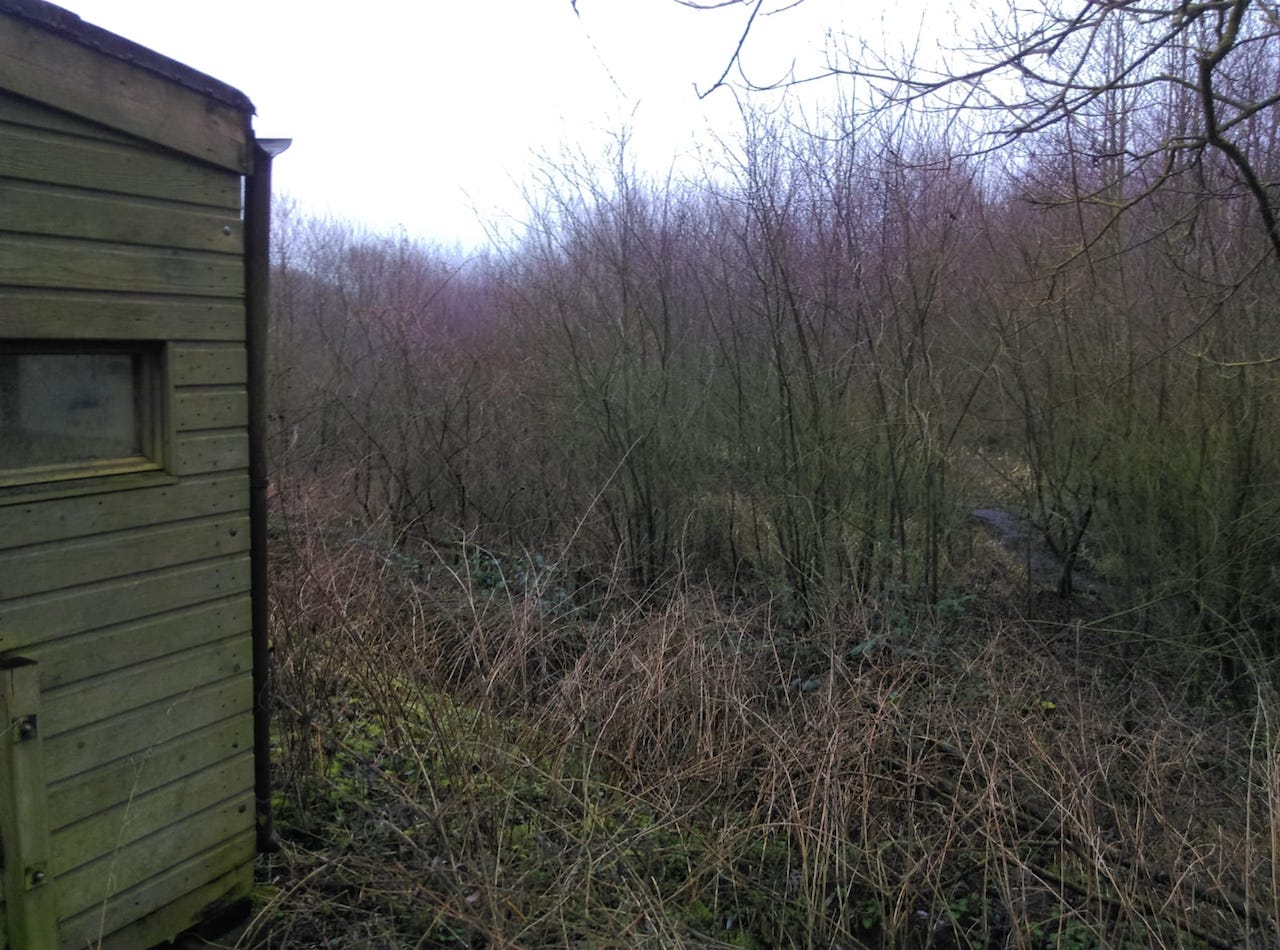

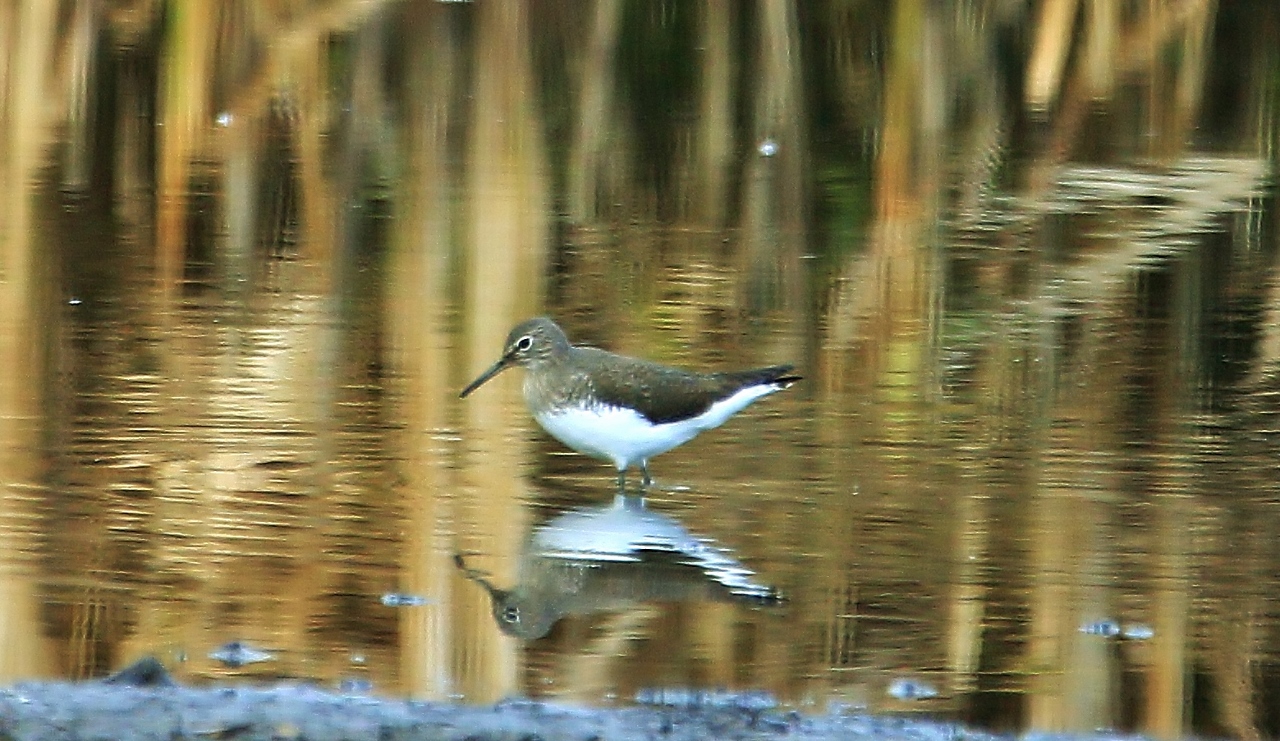
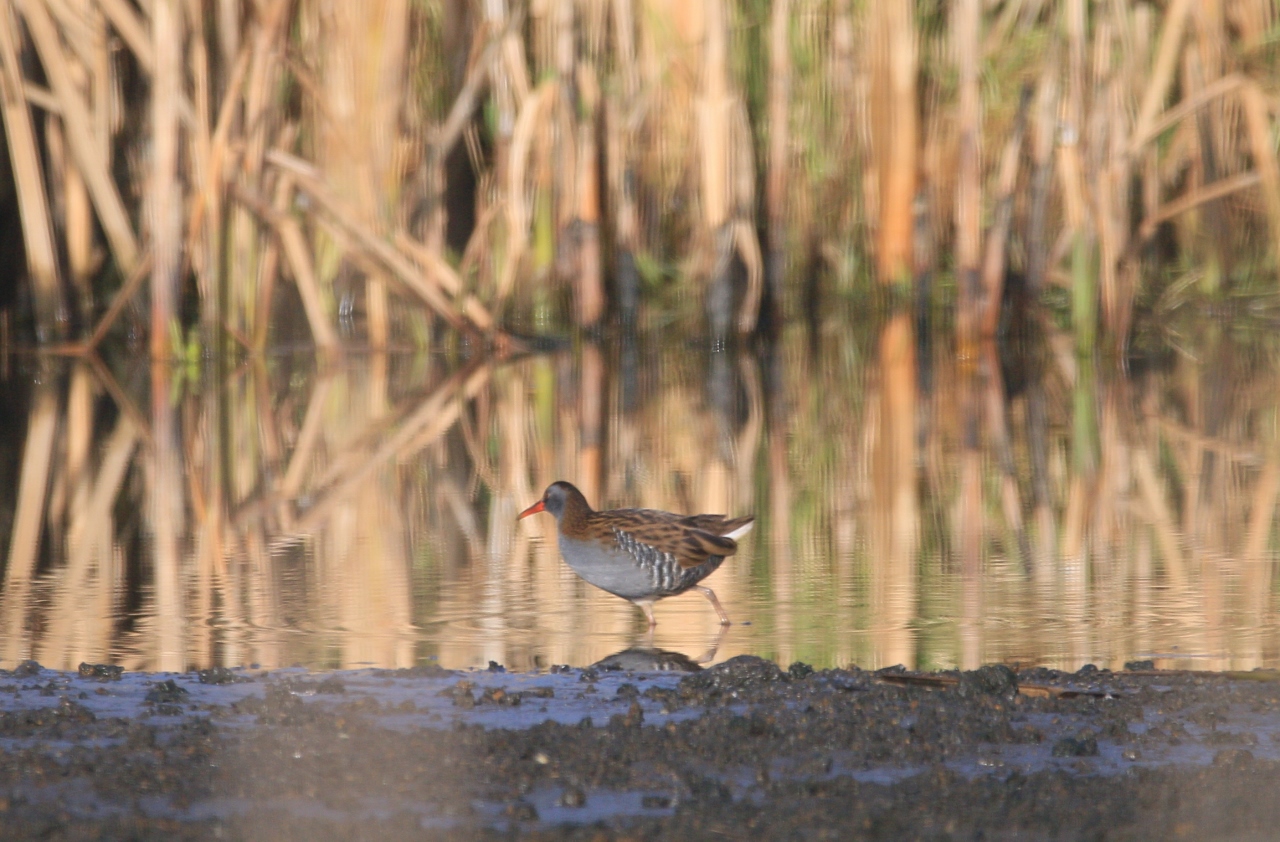

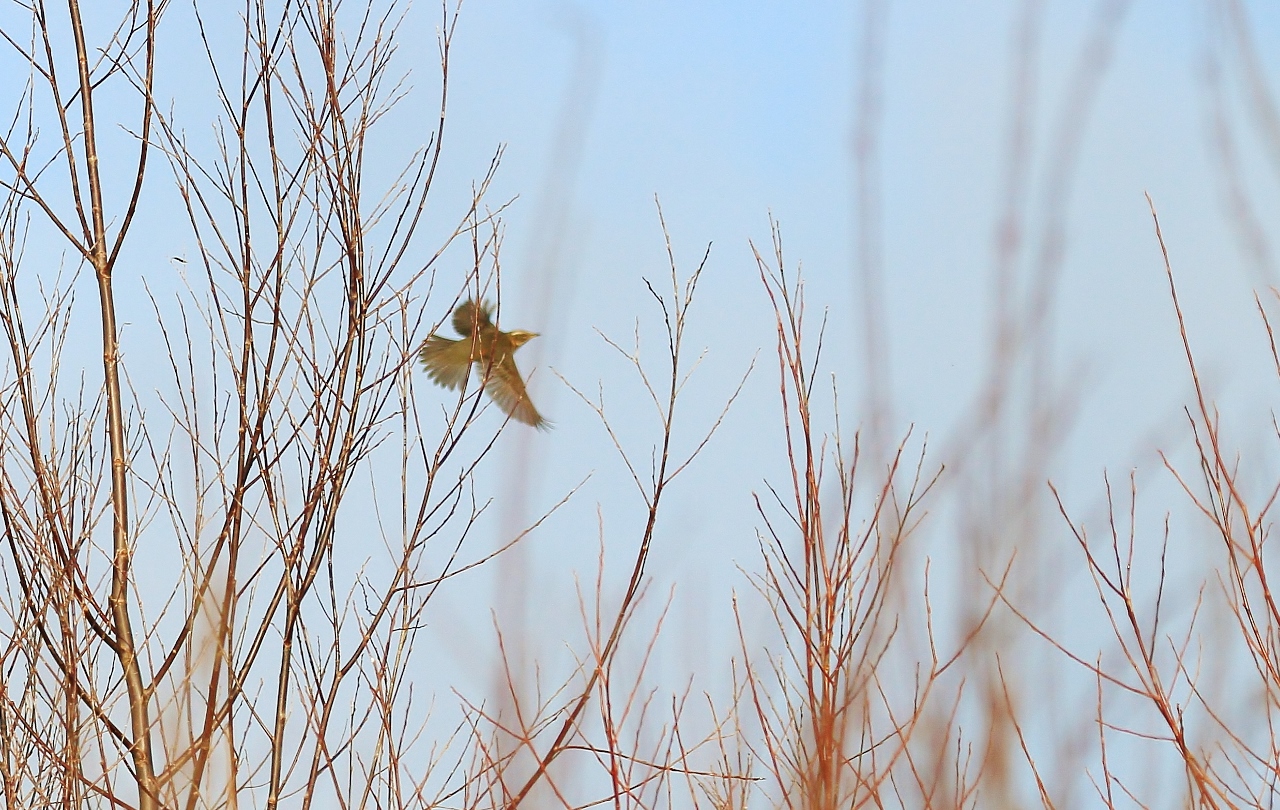
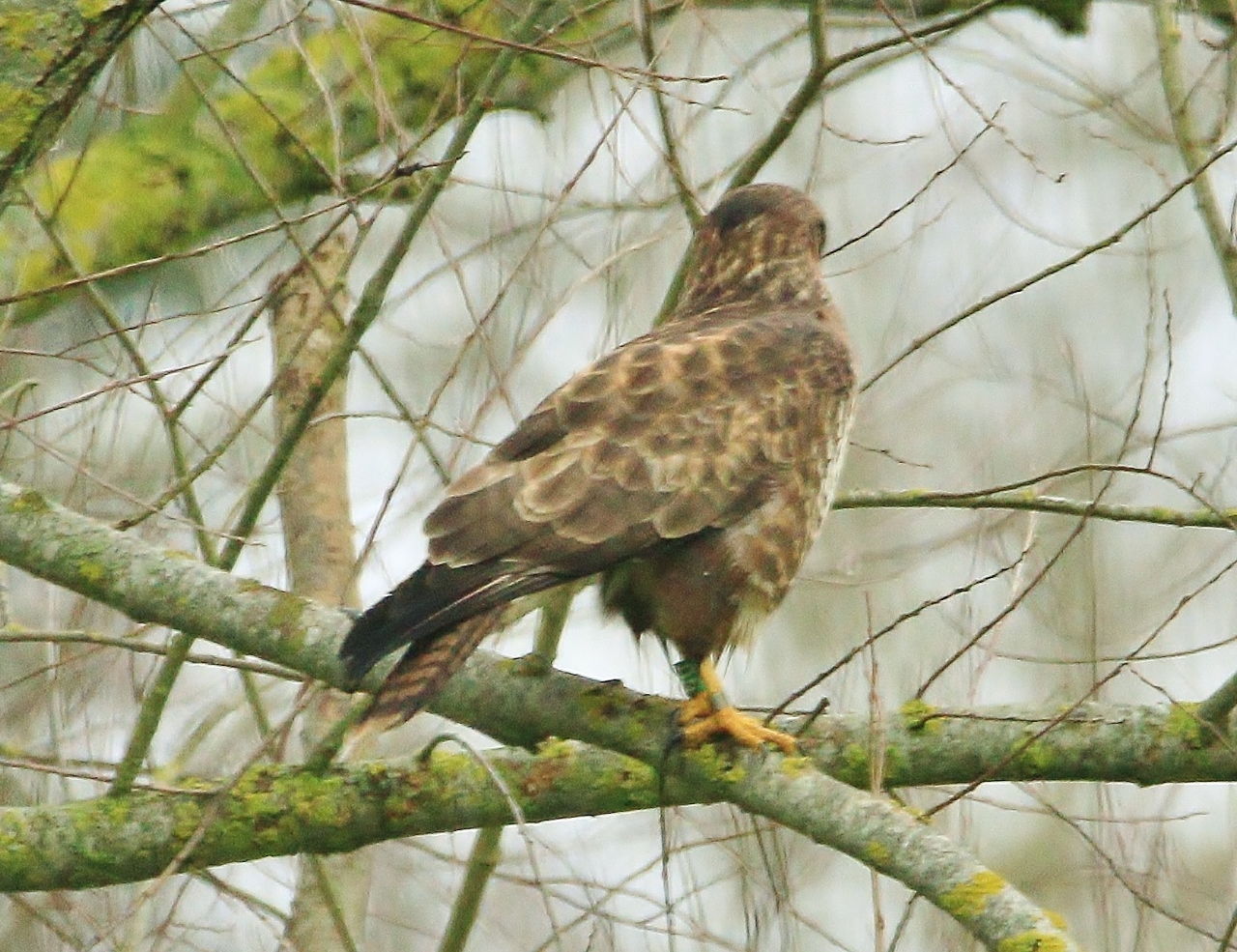
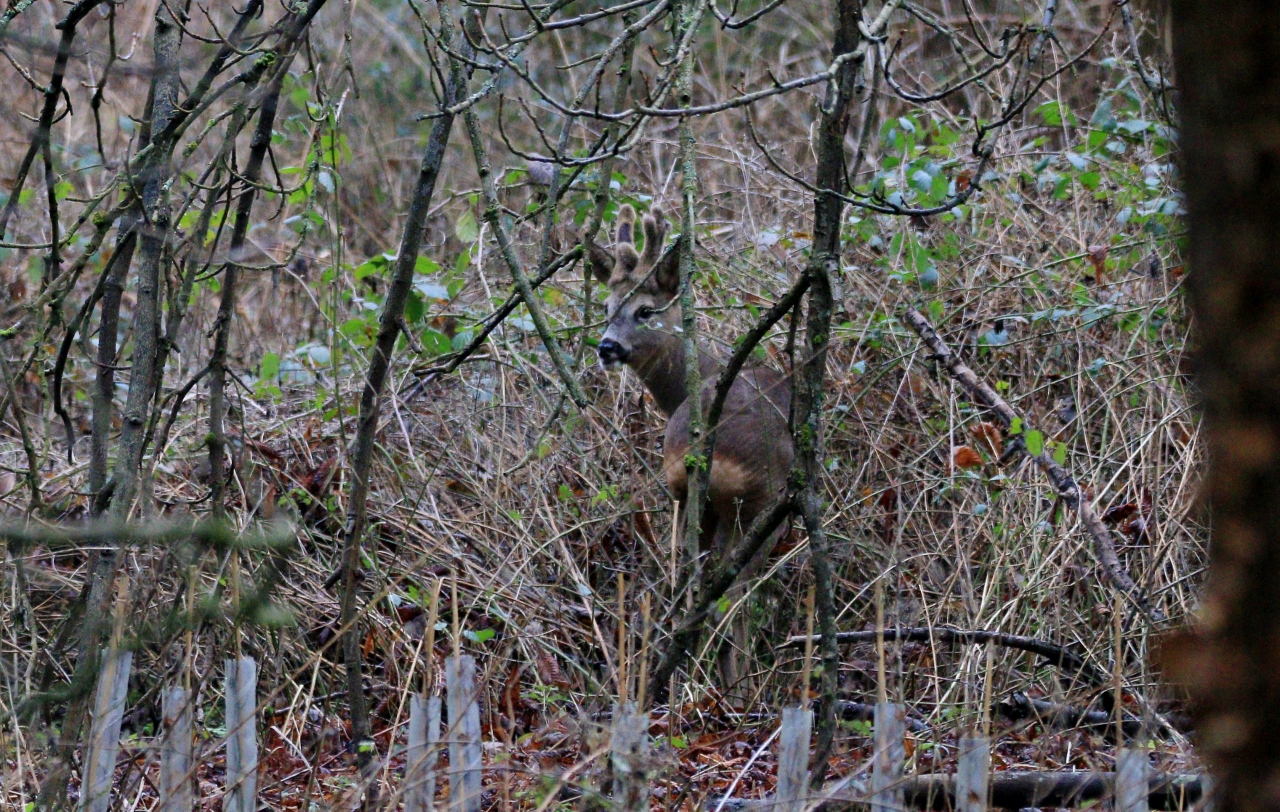
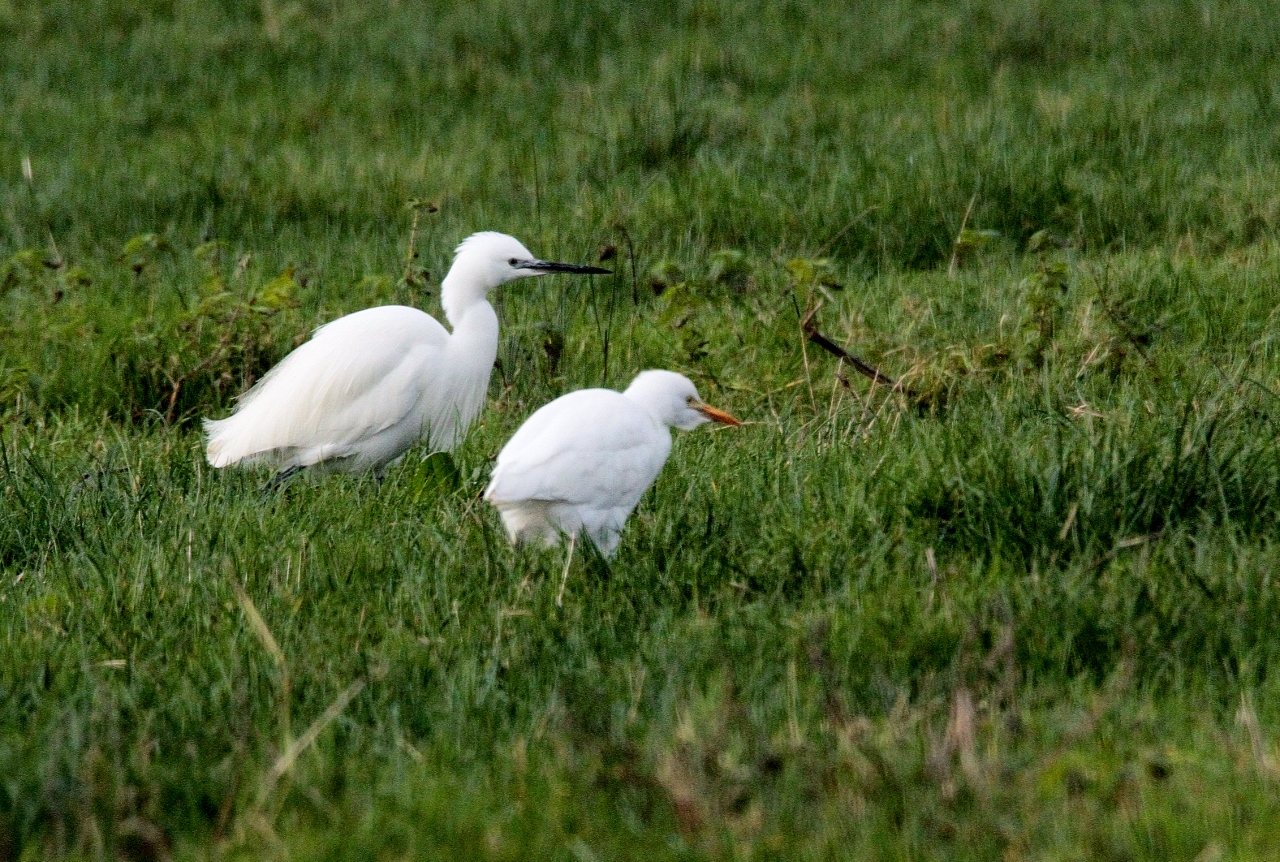
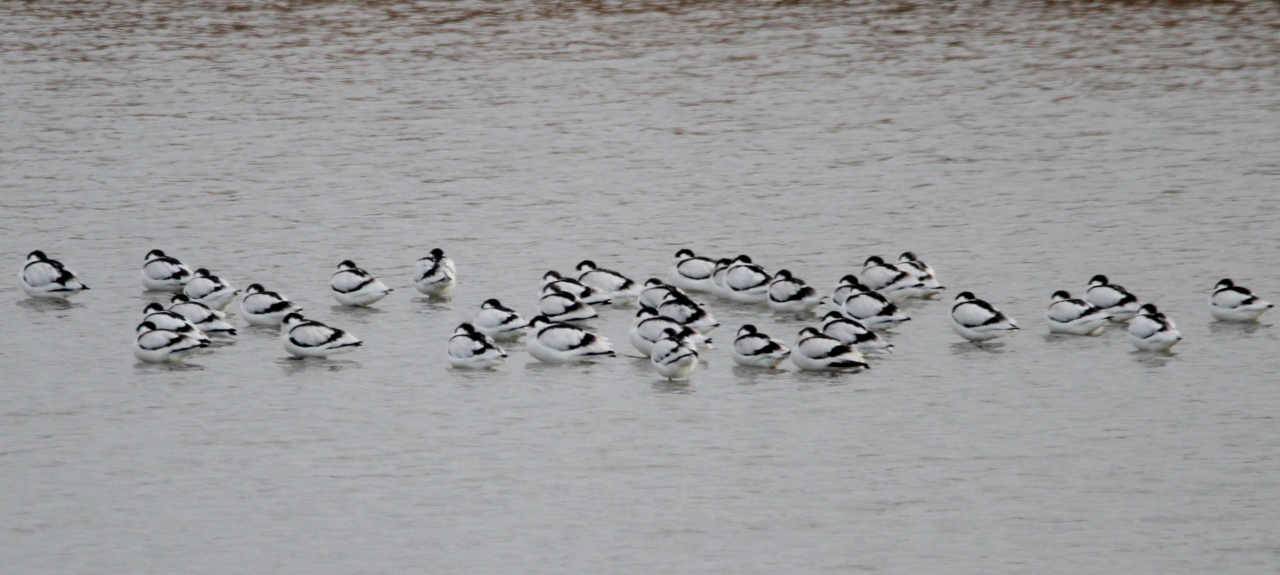
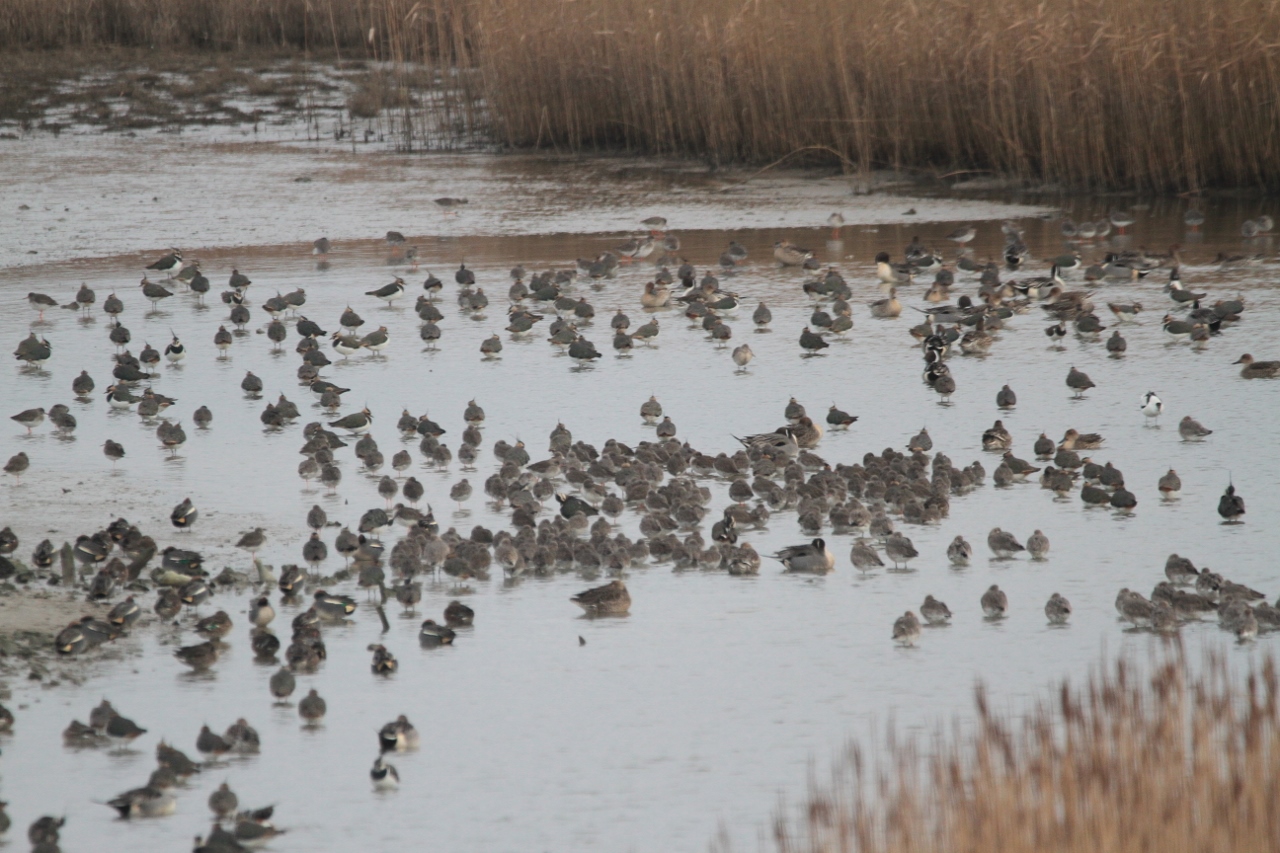
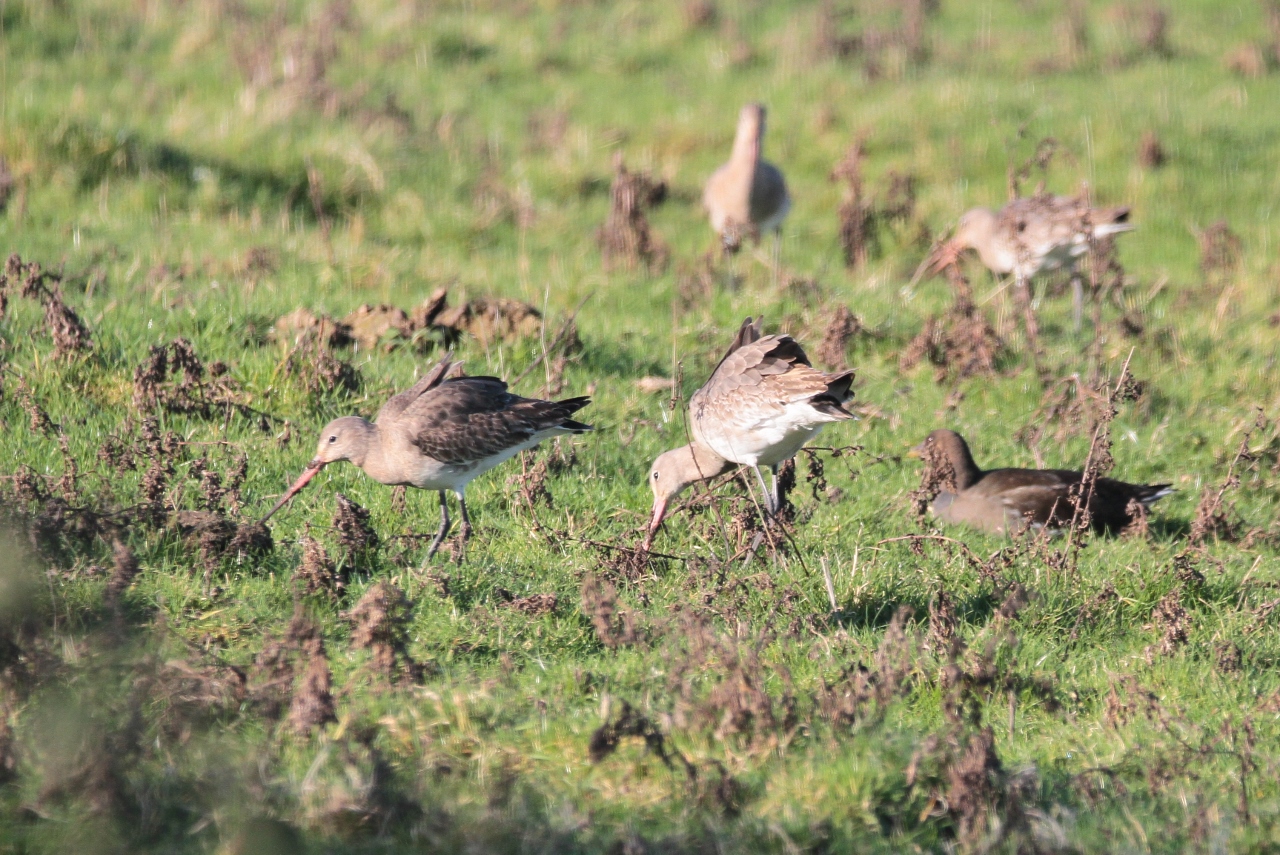
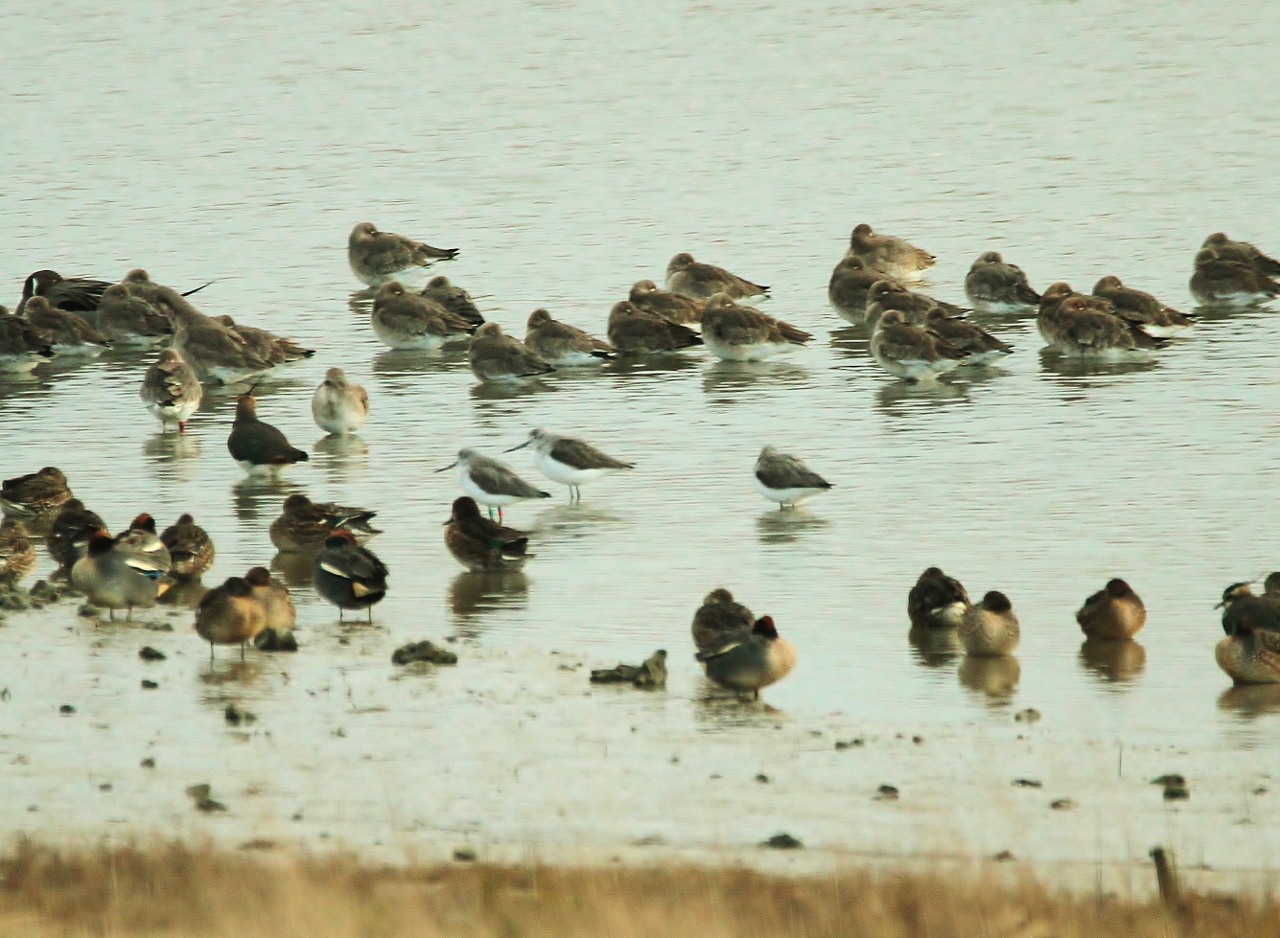
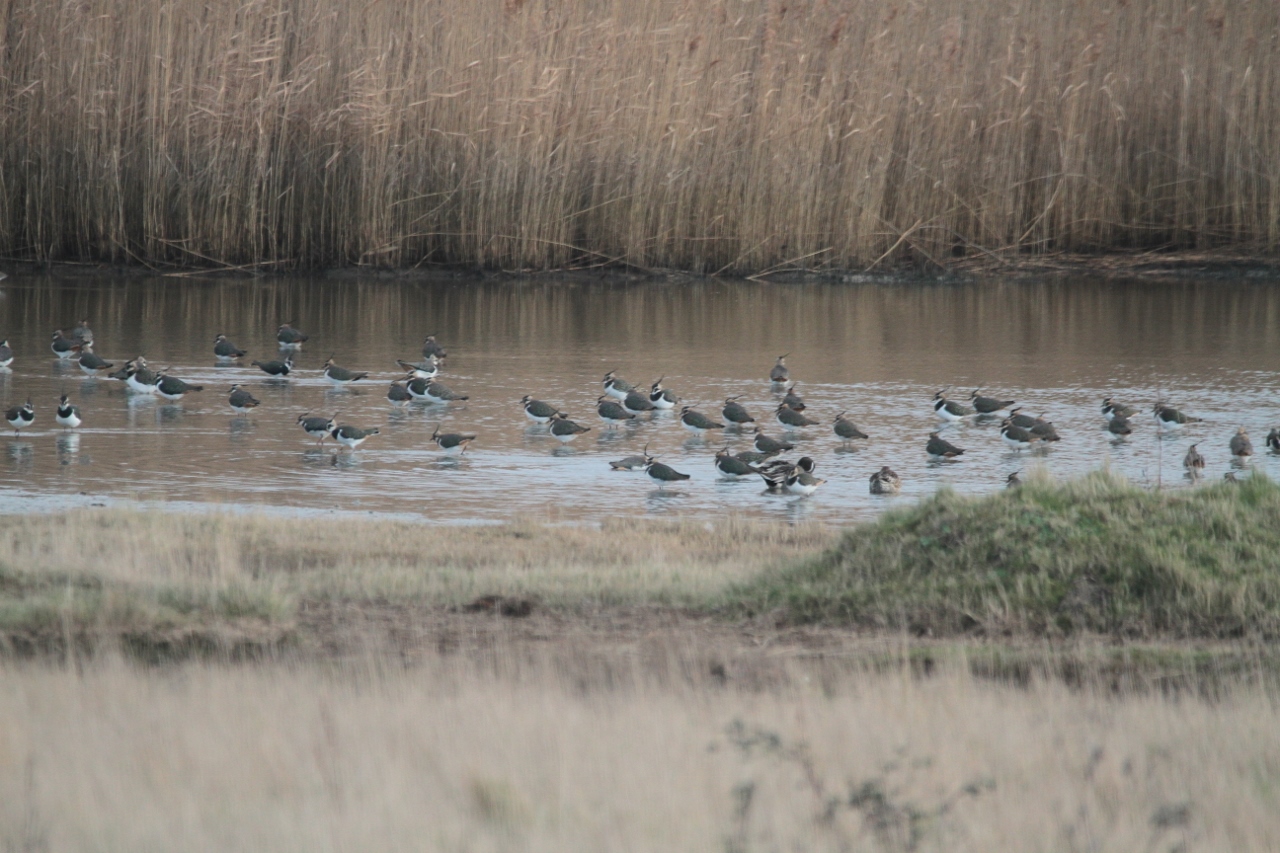


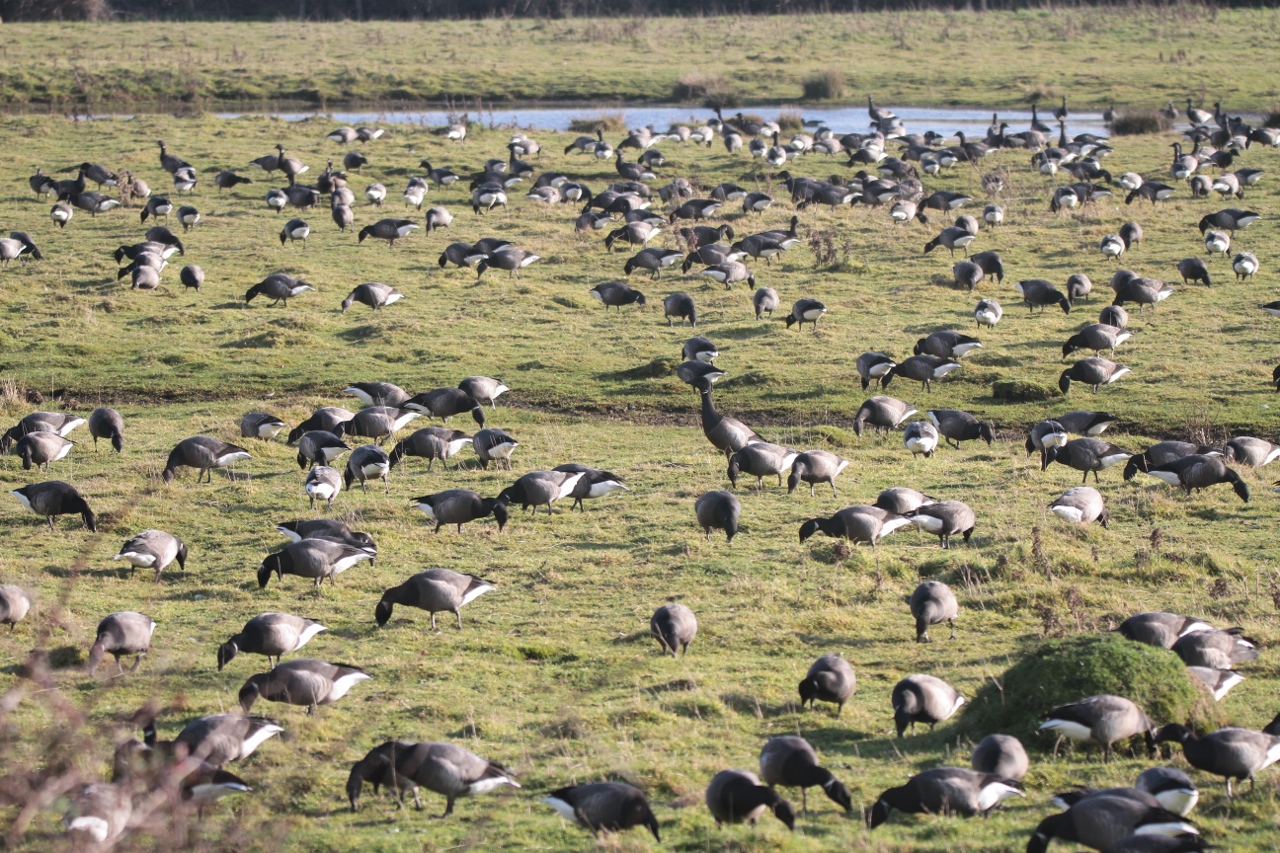
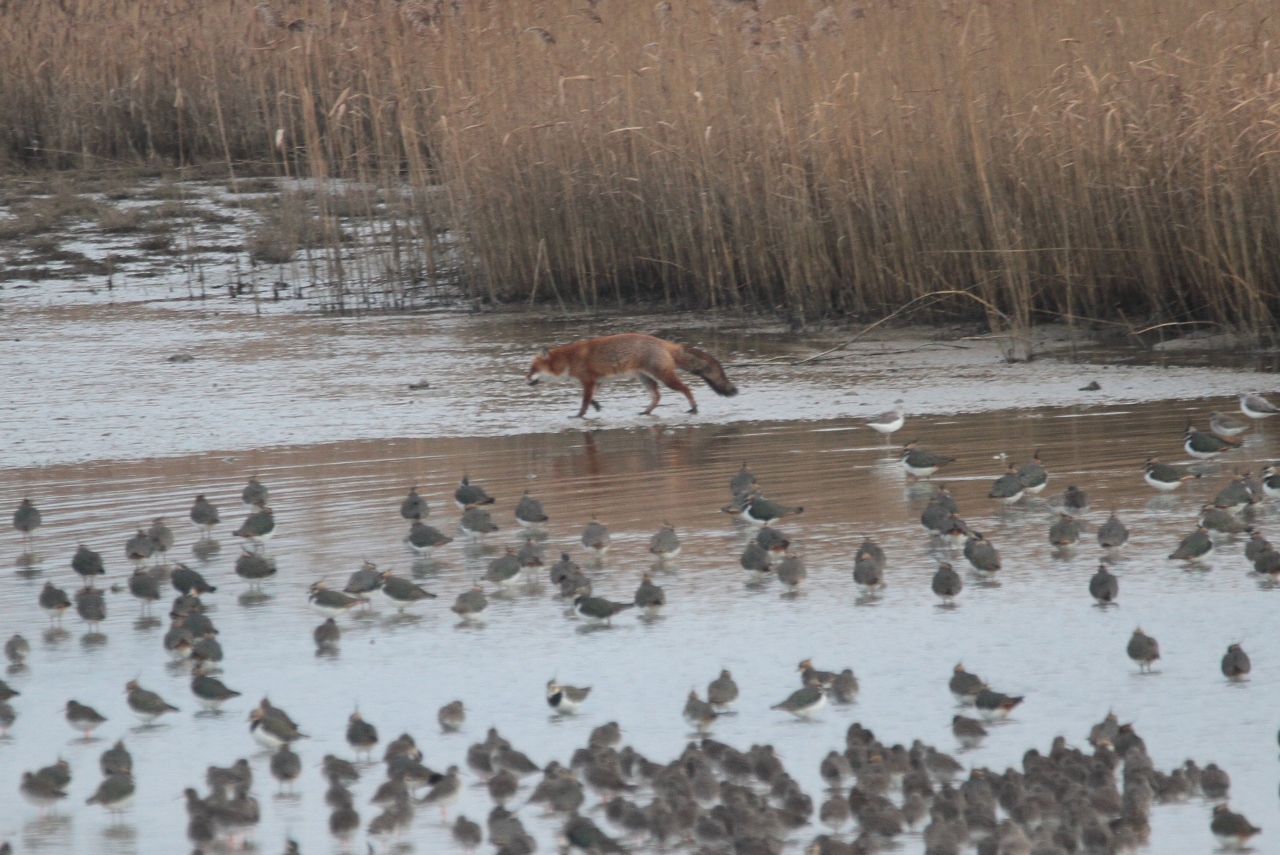
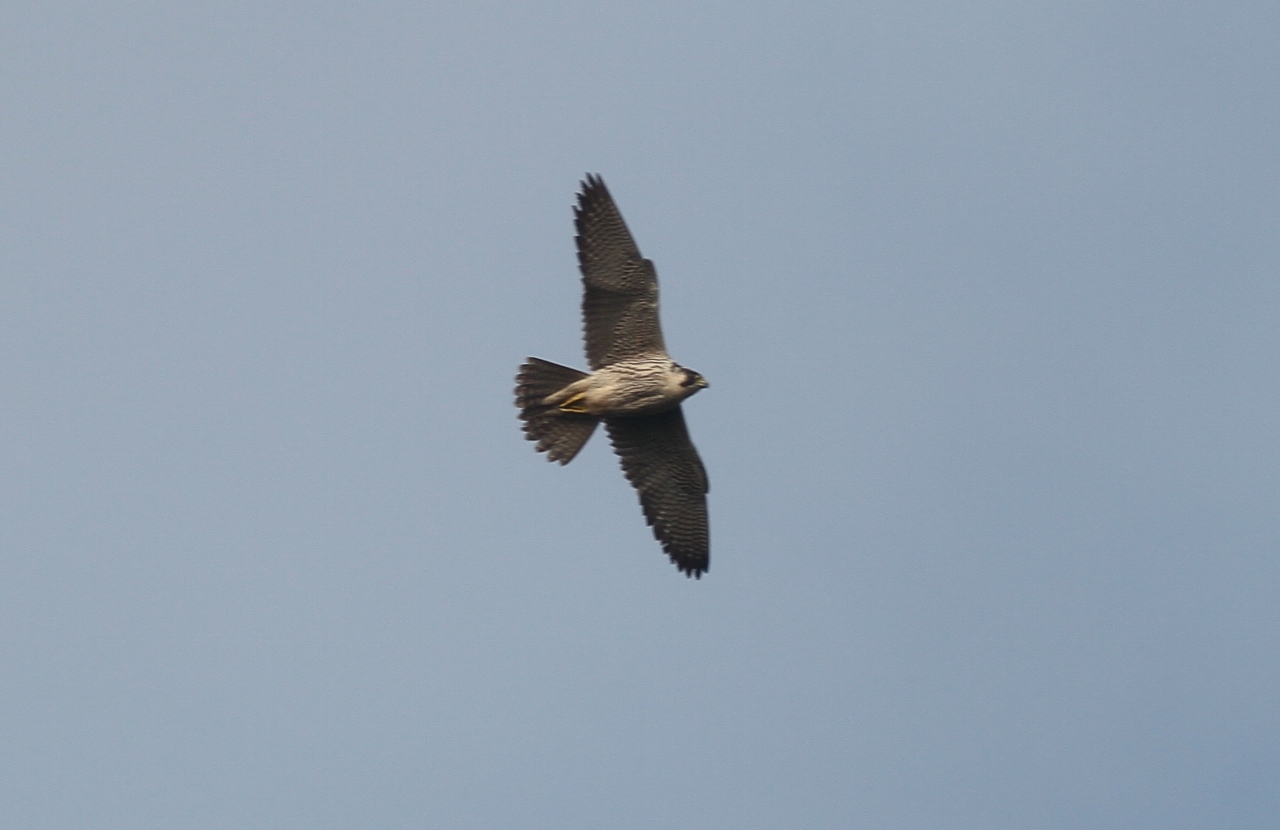
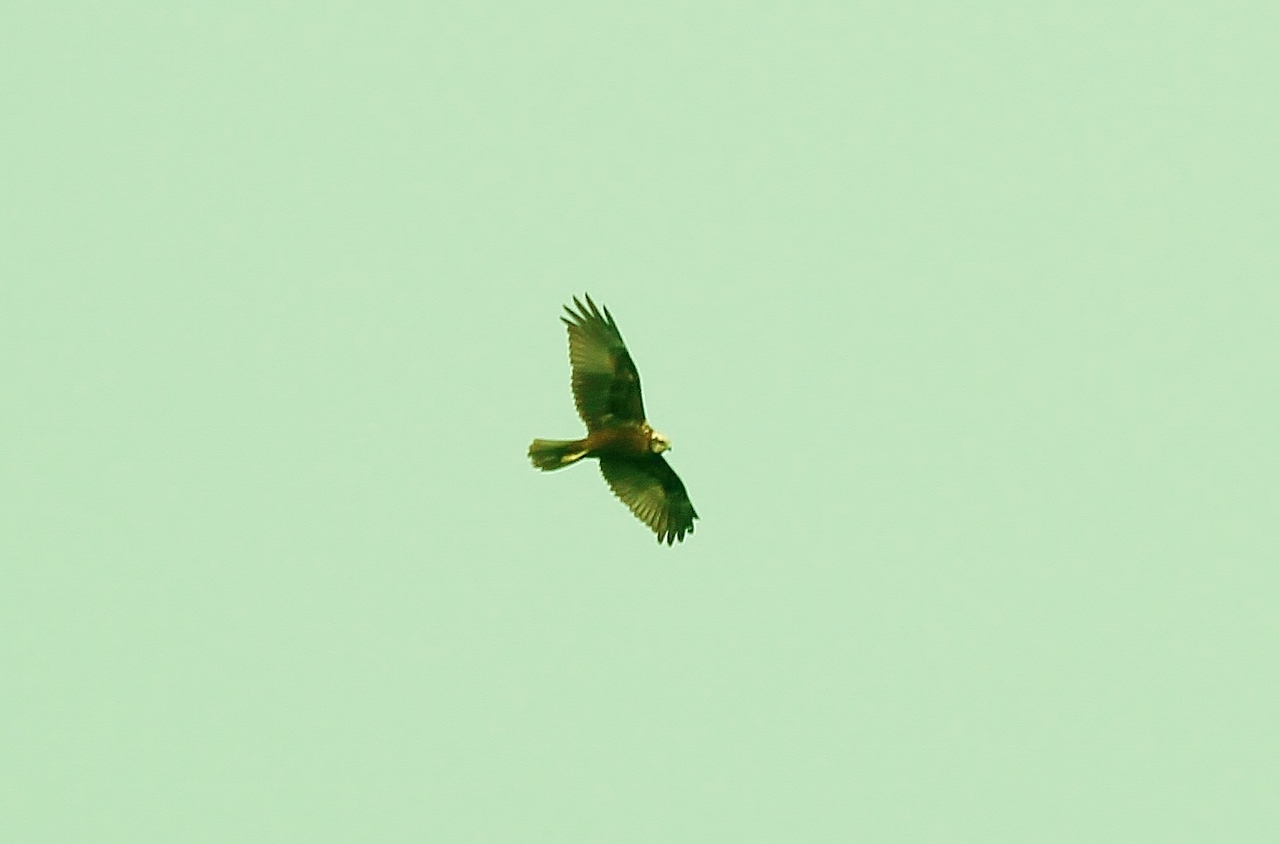
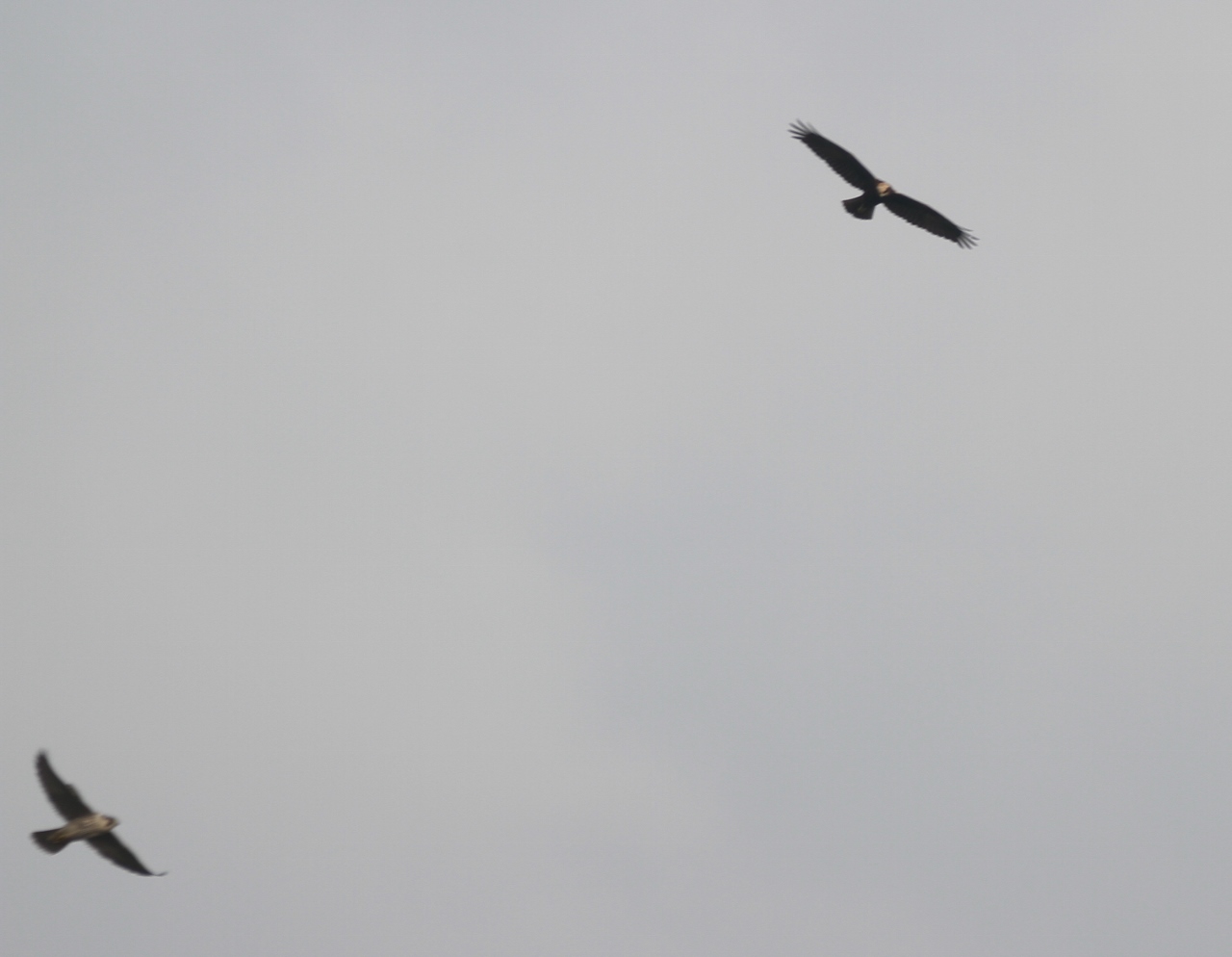
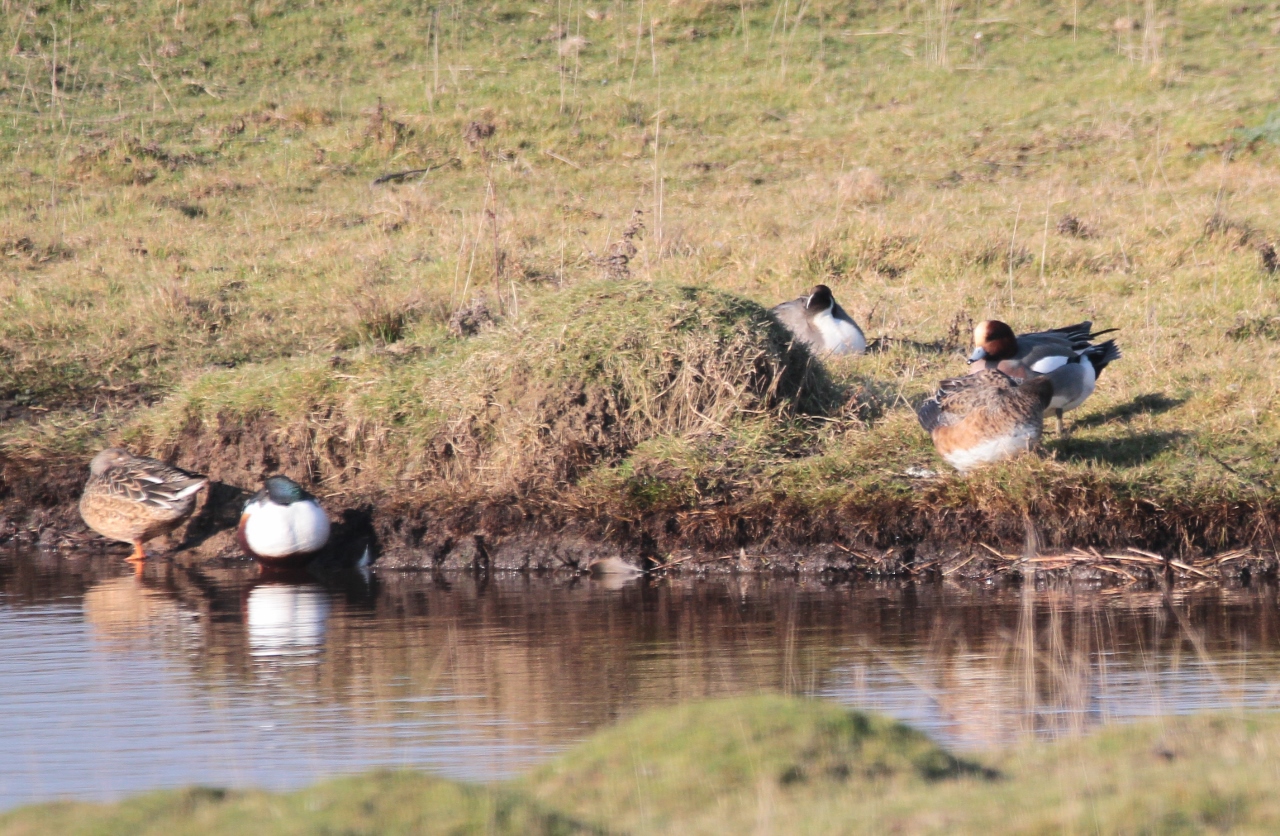

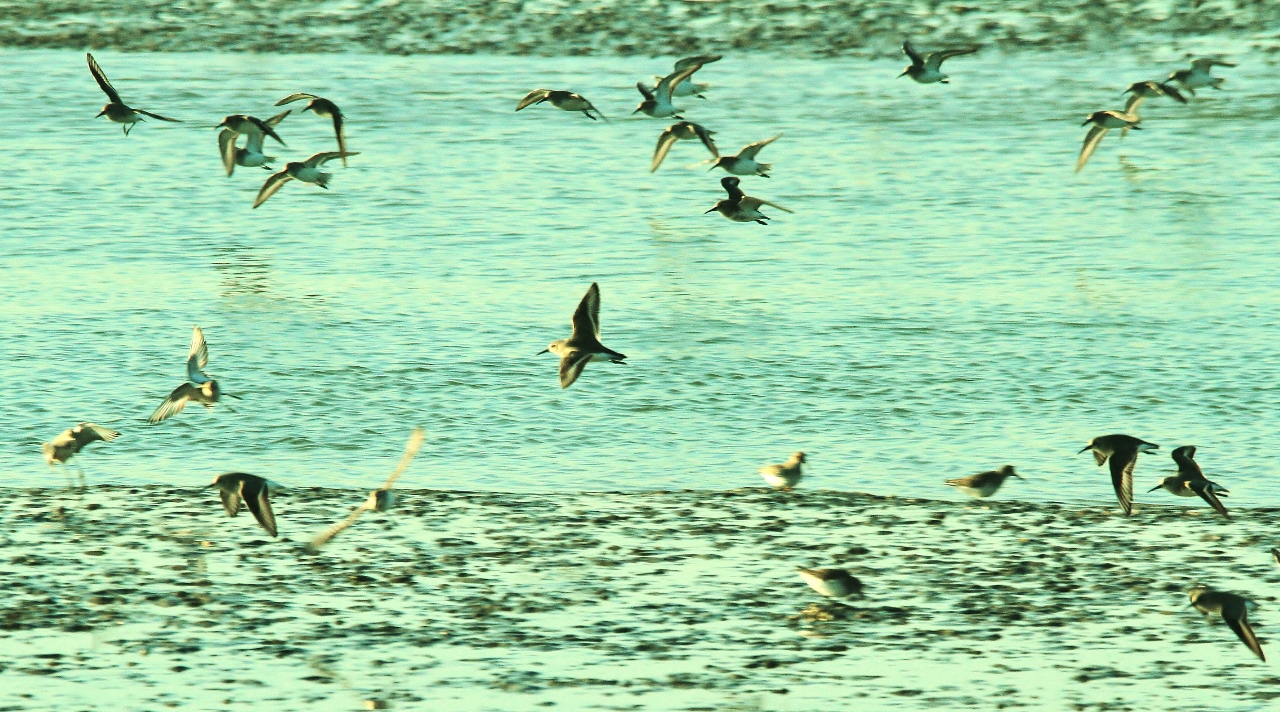
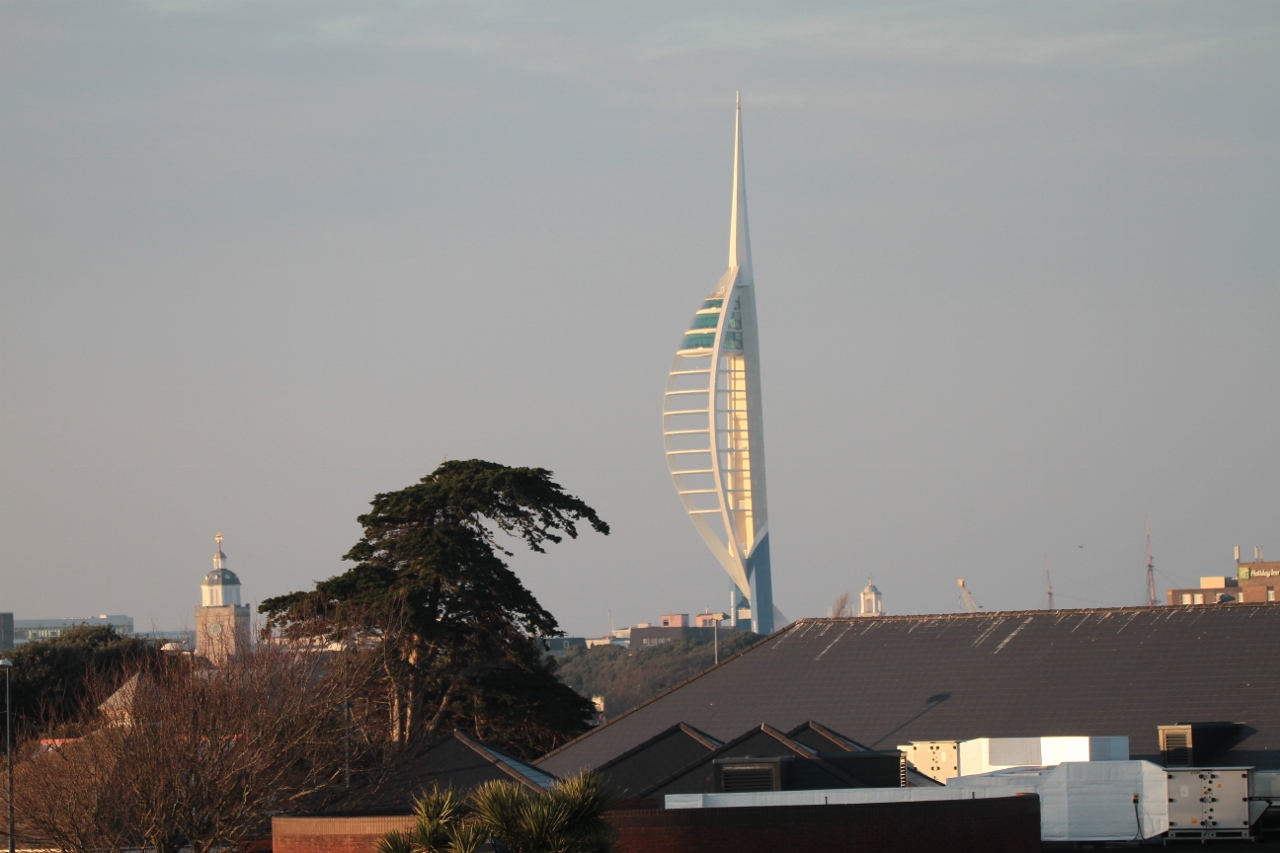
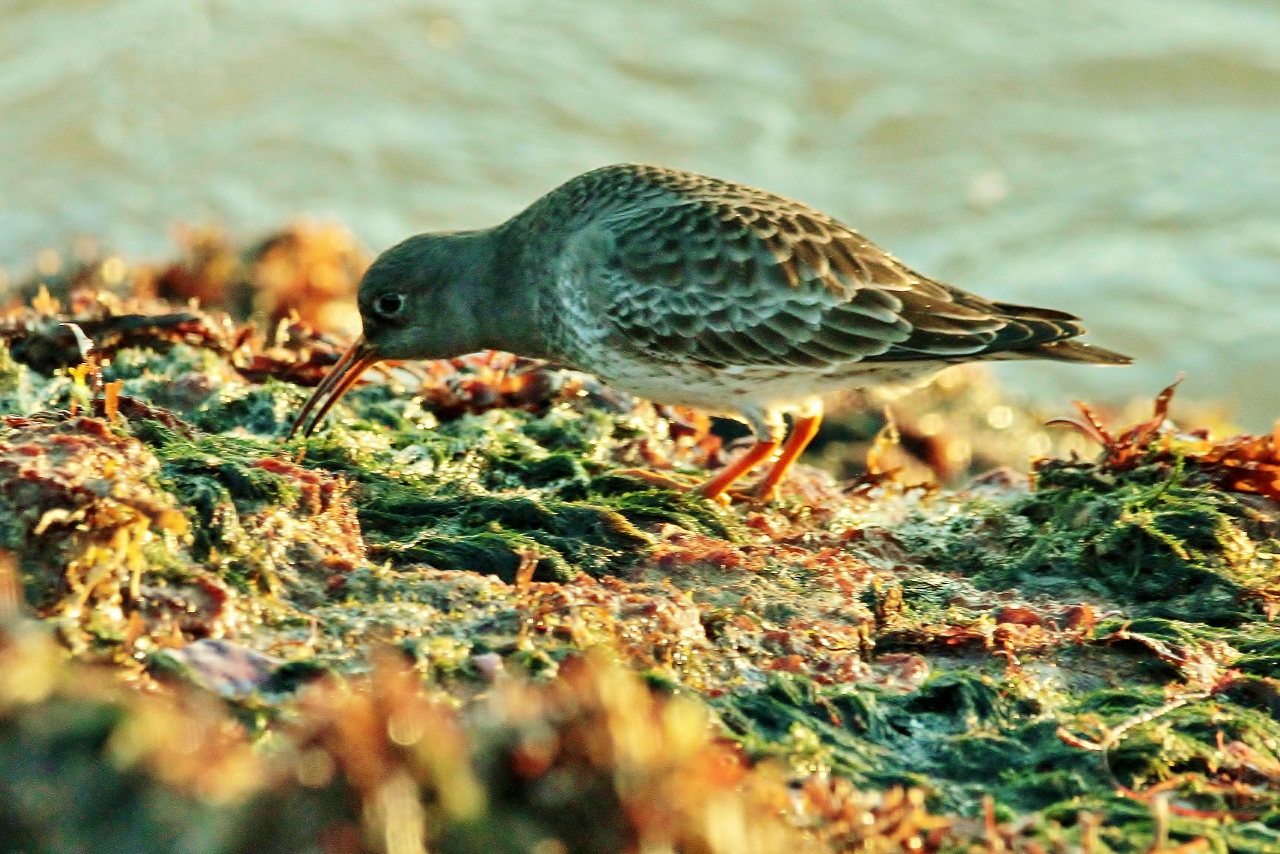
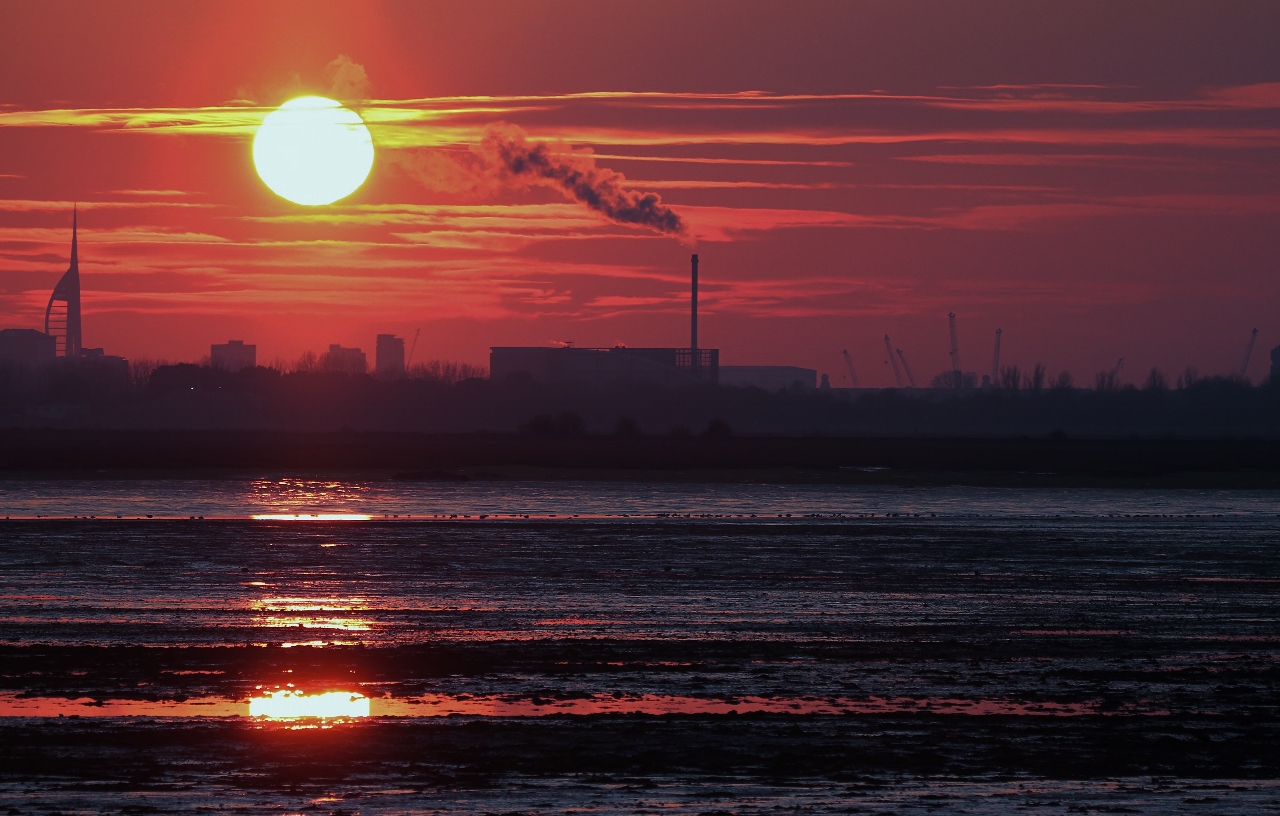
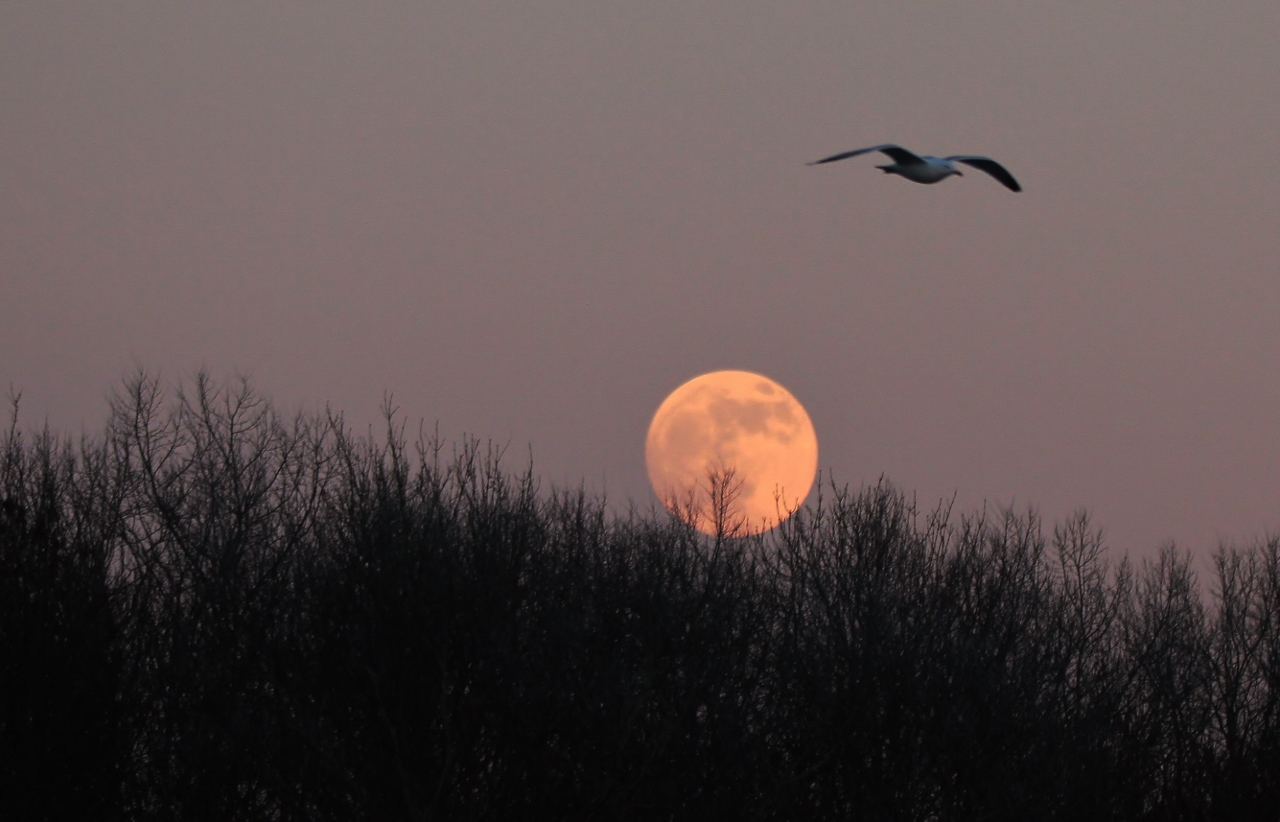






Belinda Barratt
February 7, 2019 at 10:32 pm
Fabulous photos as ever from Malcolm Fincham. How does he manage to spot so many?